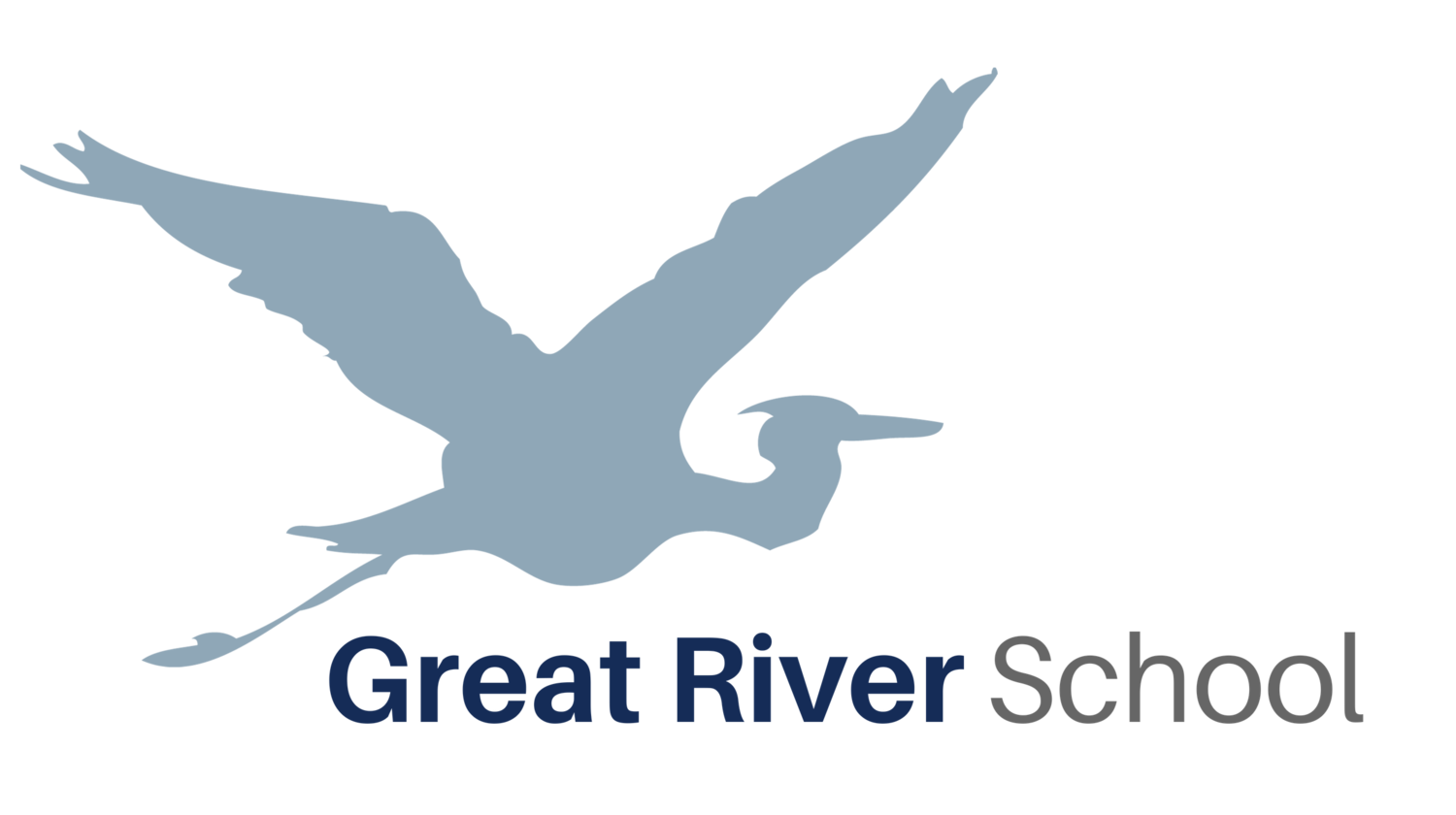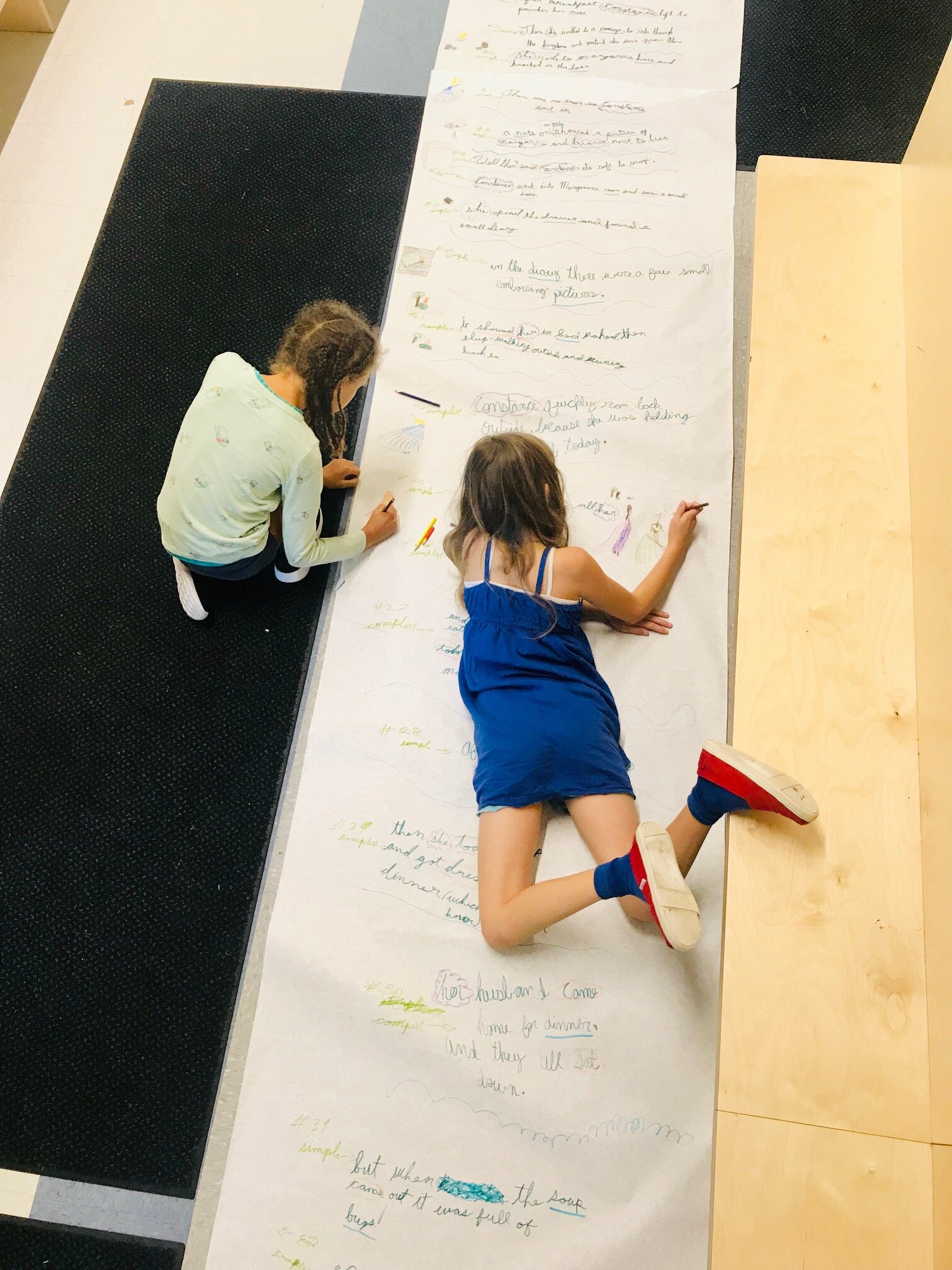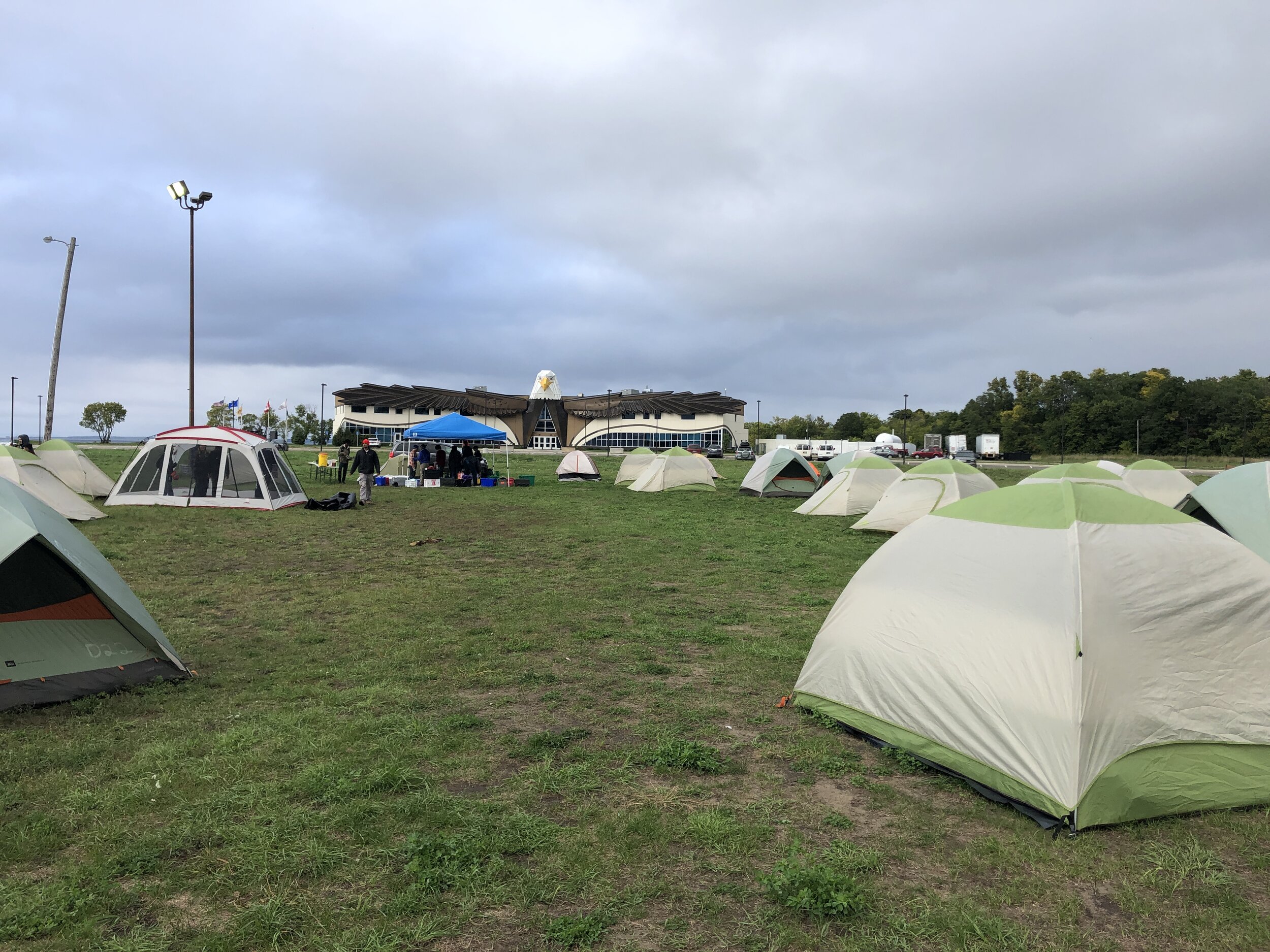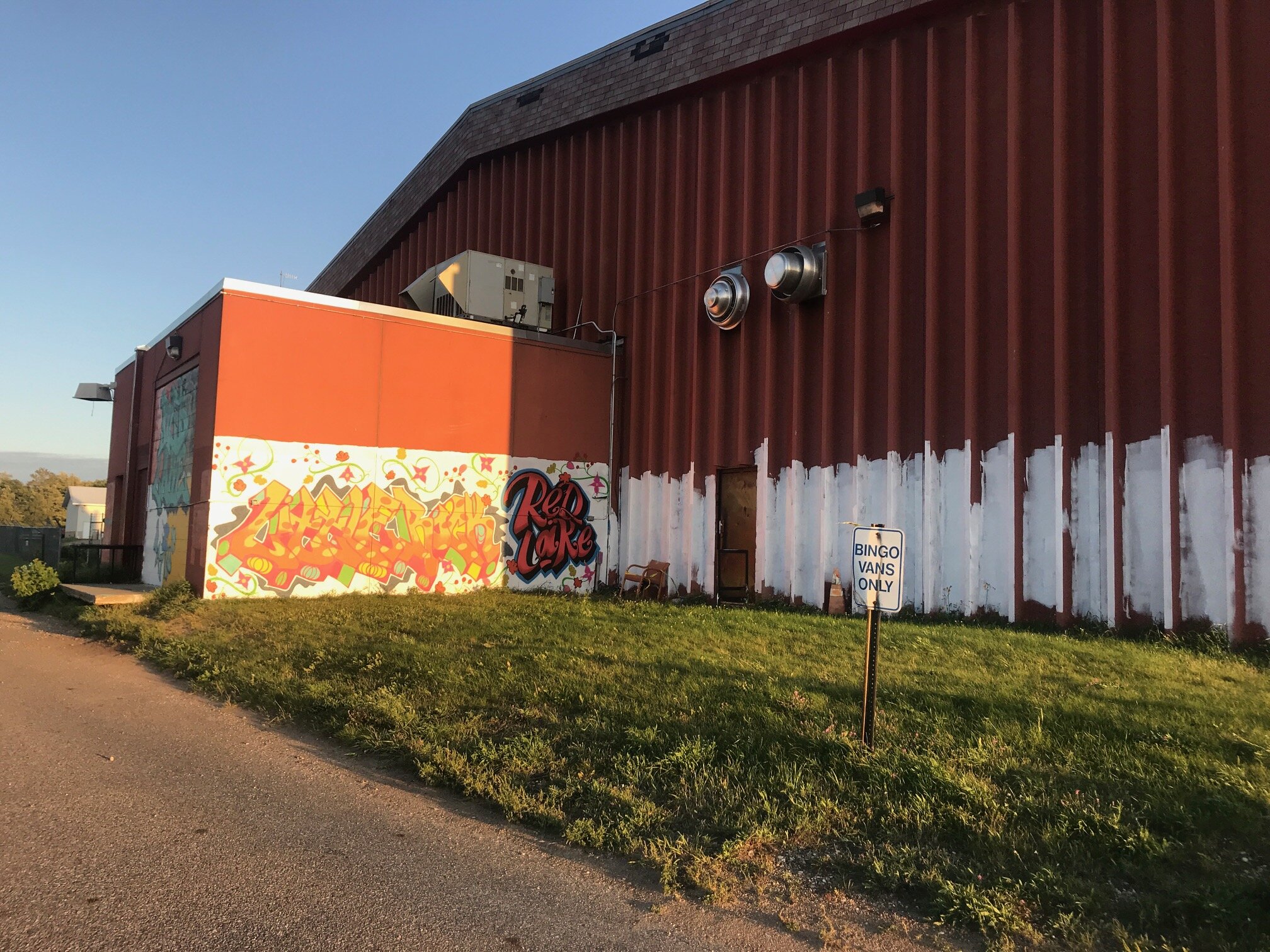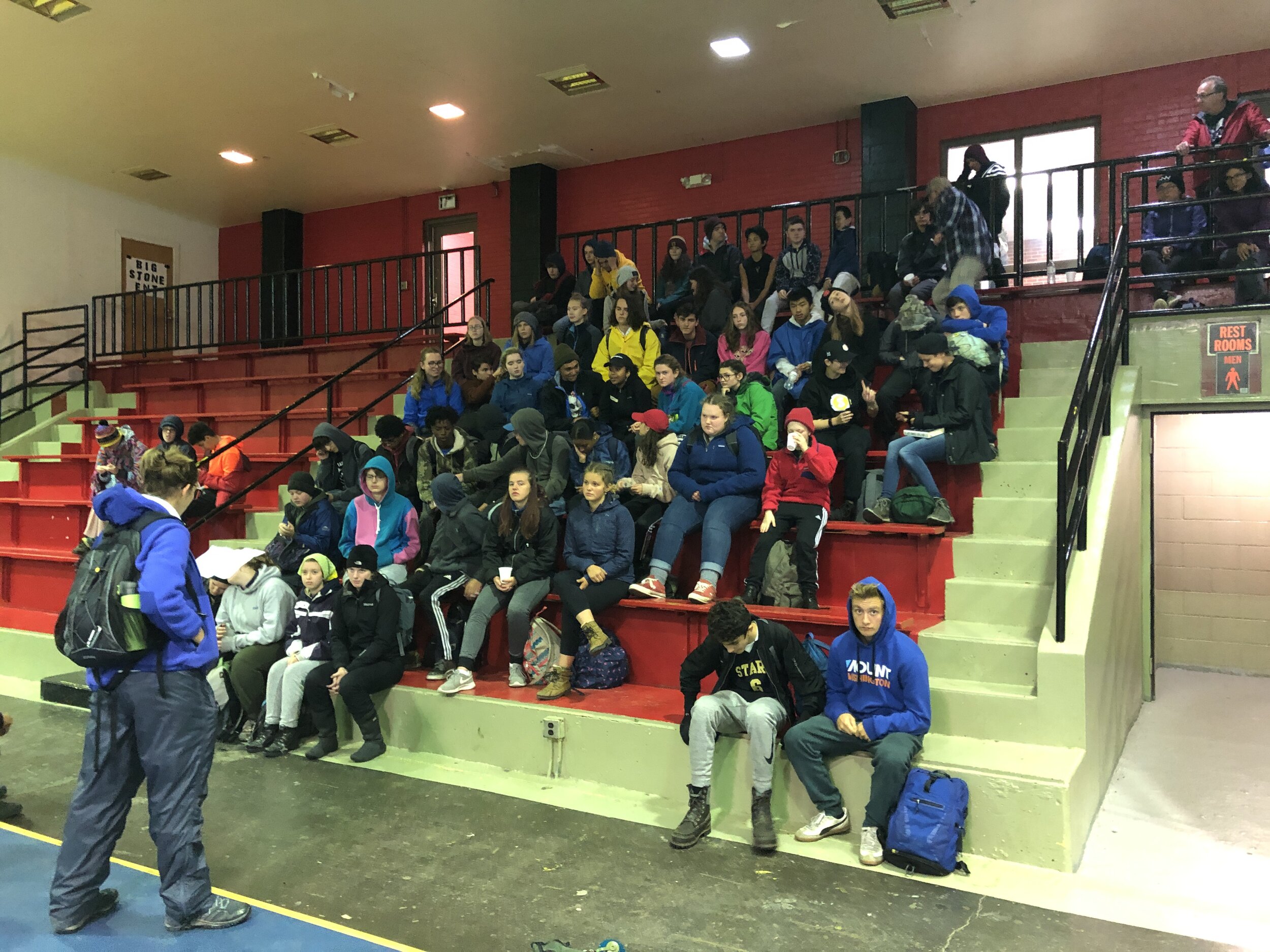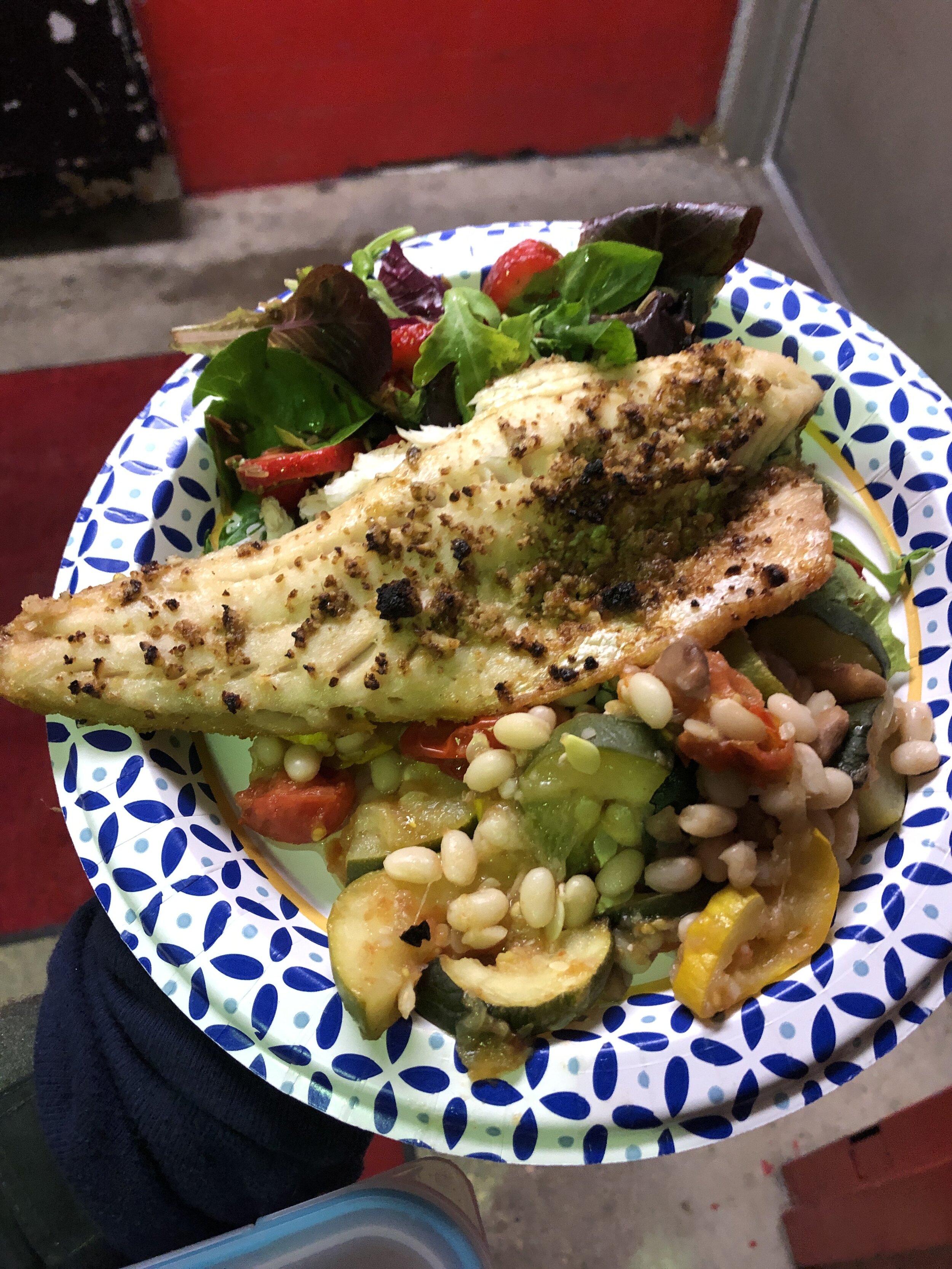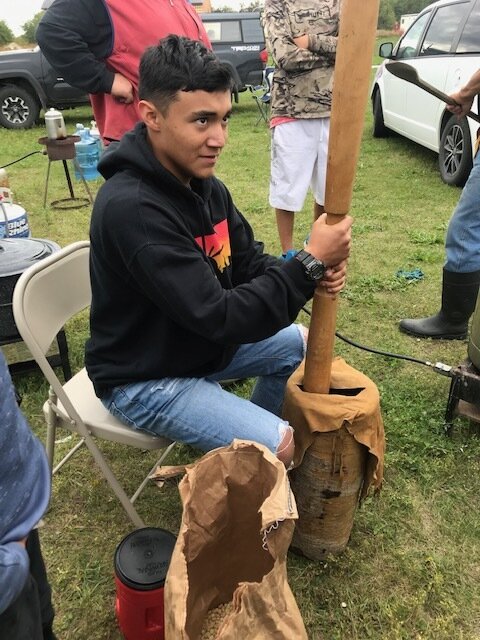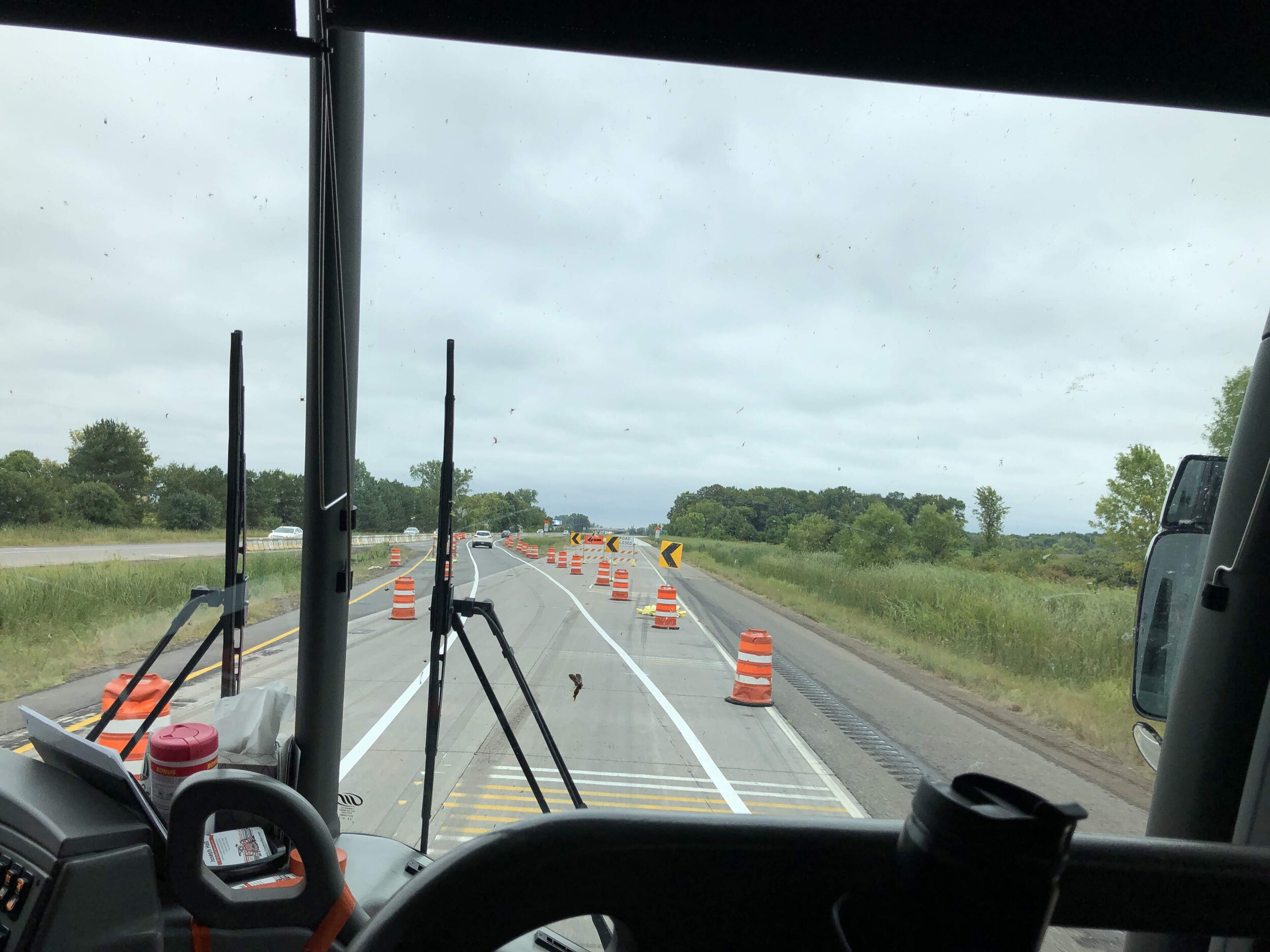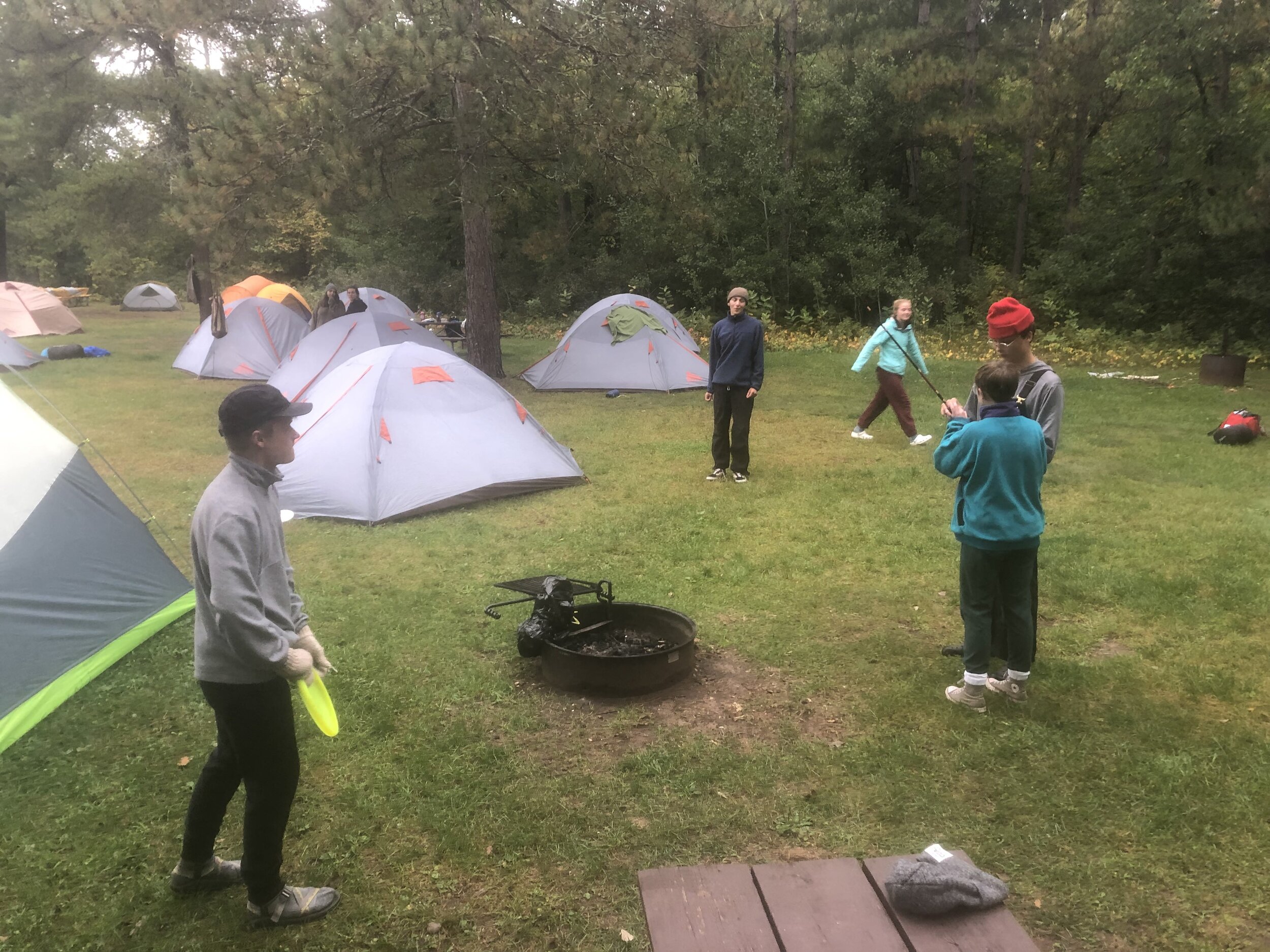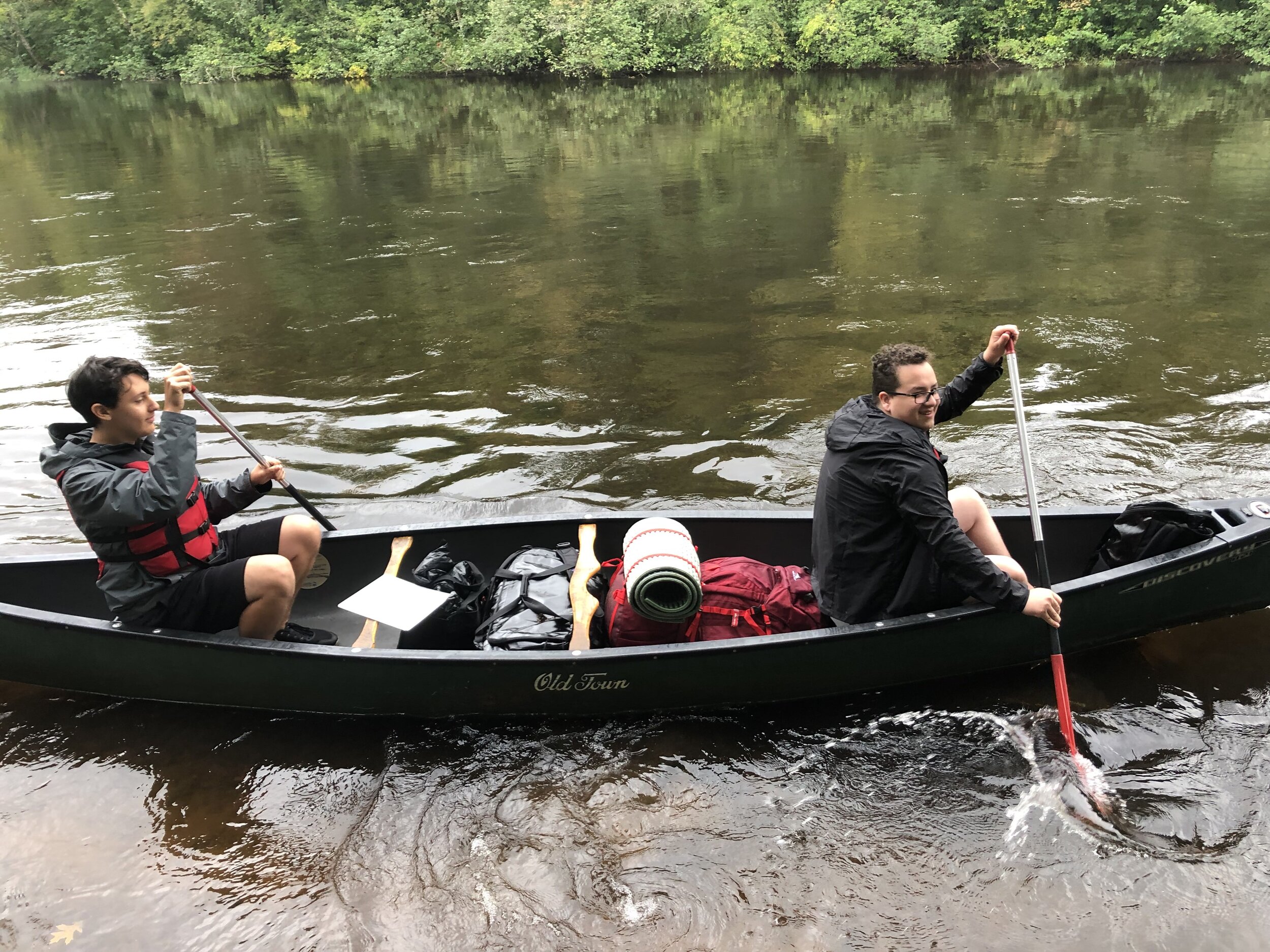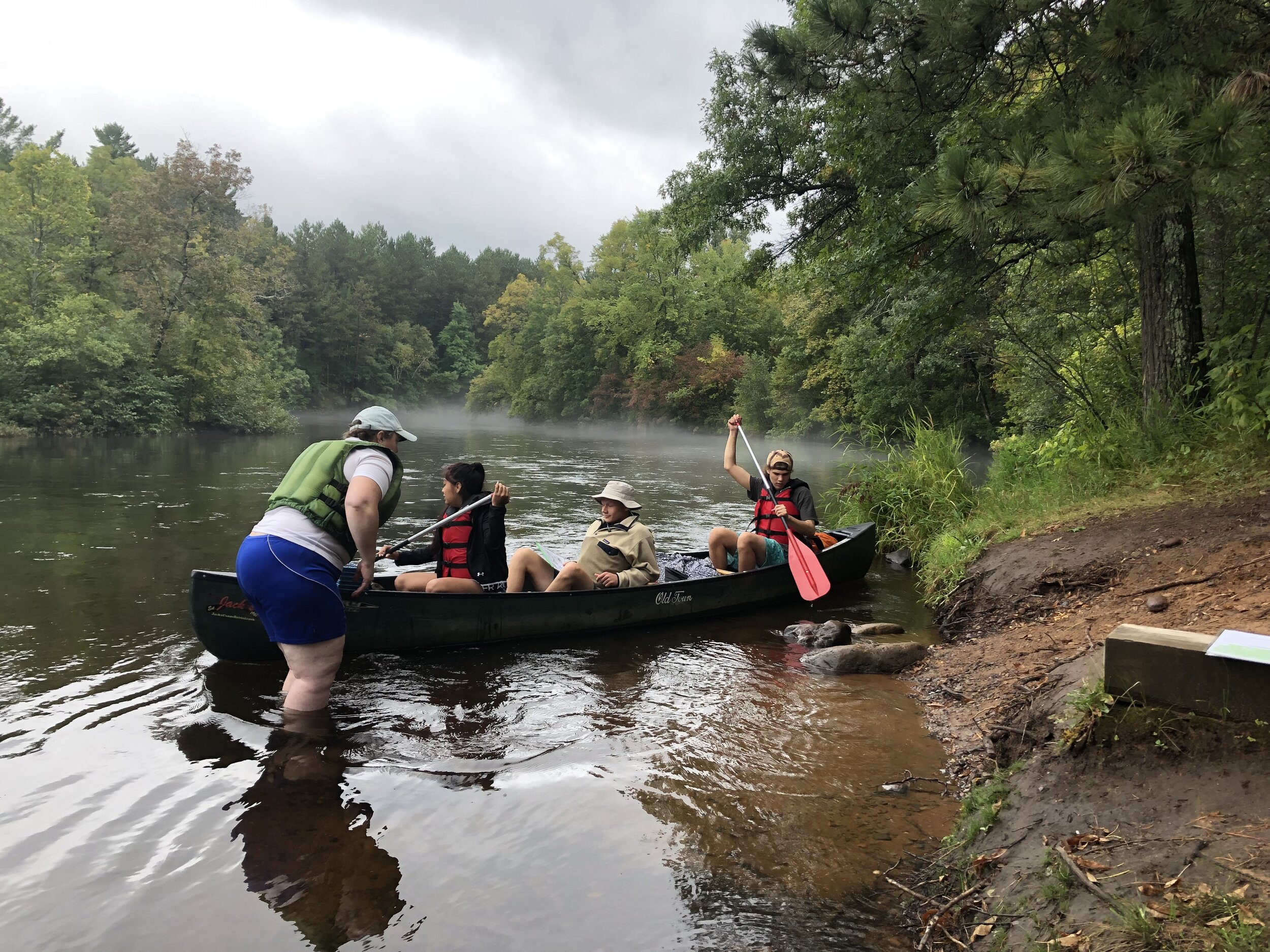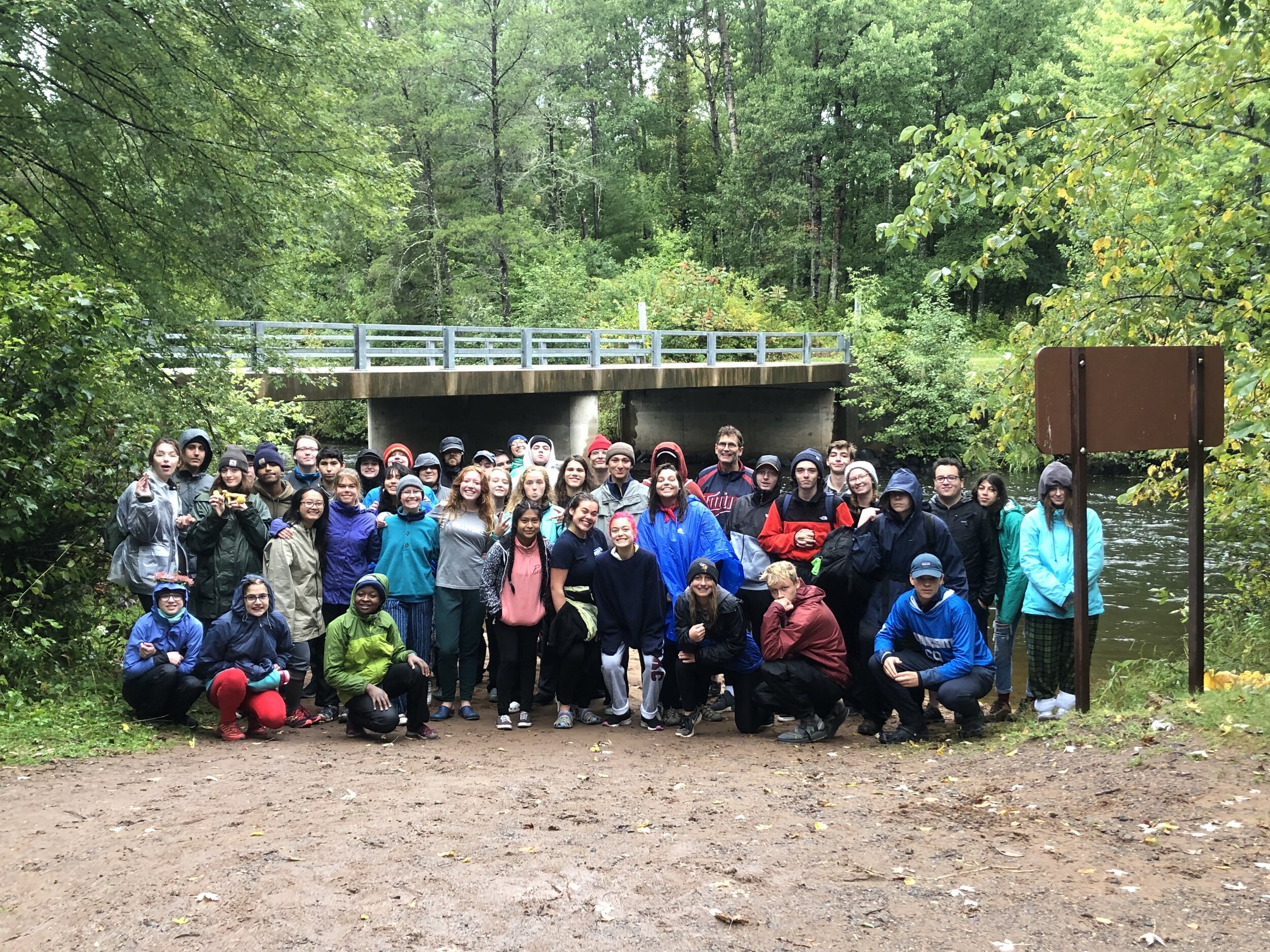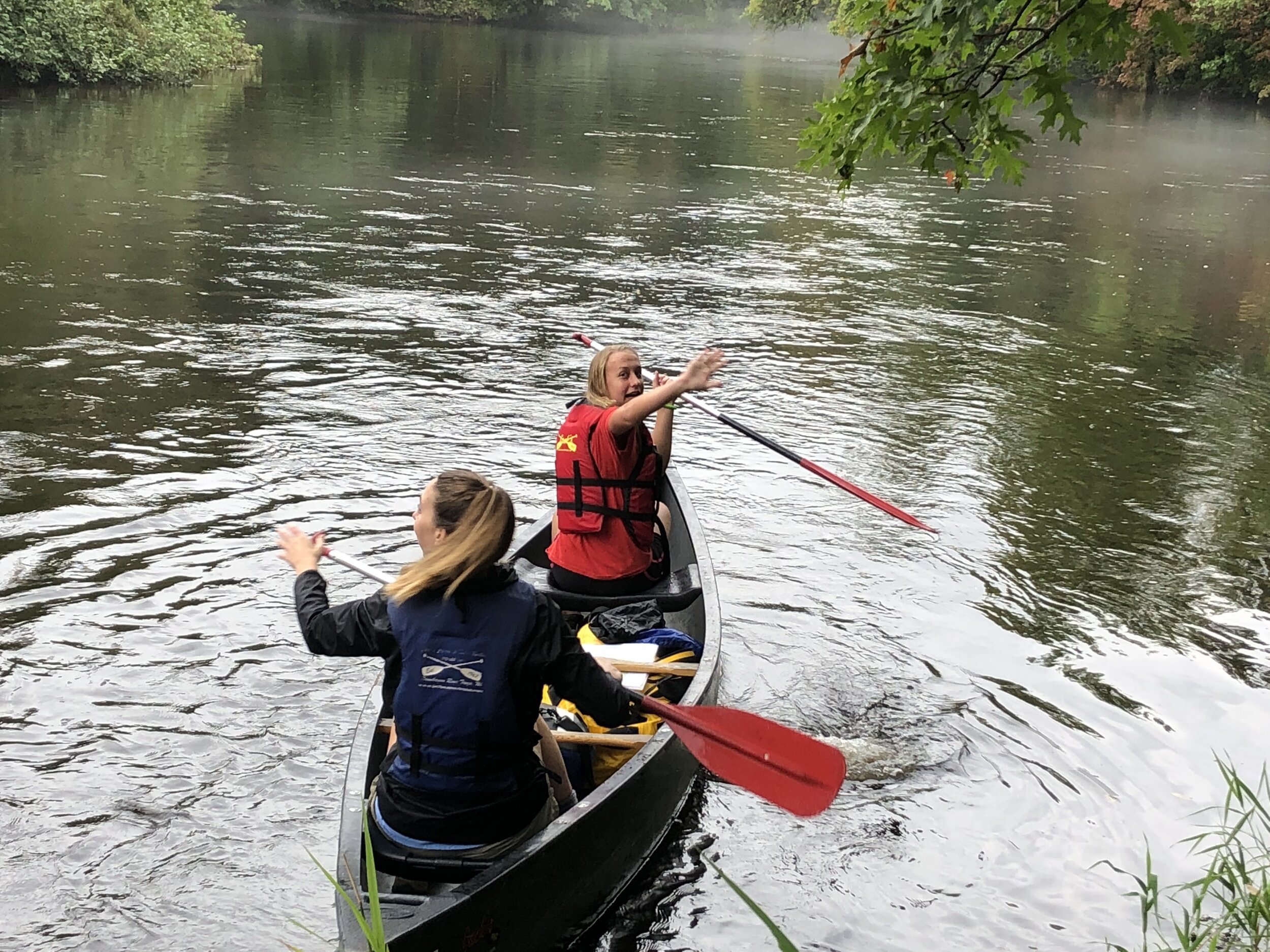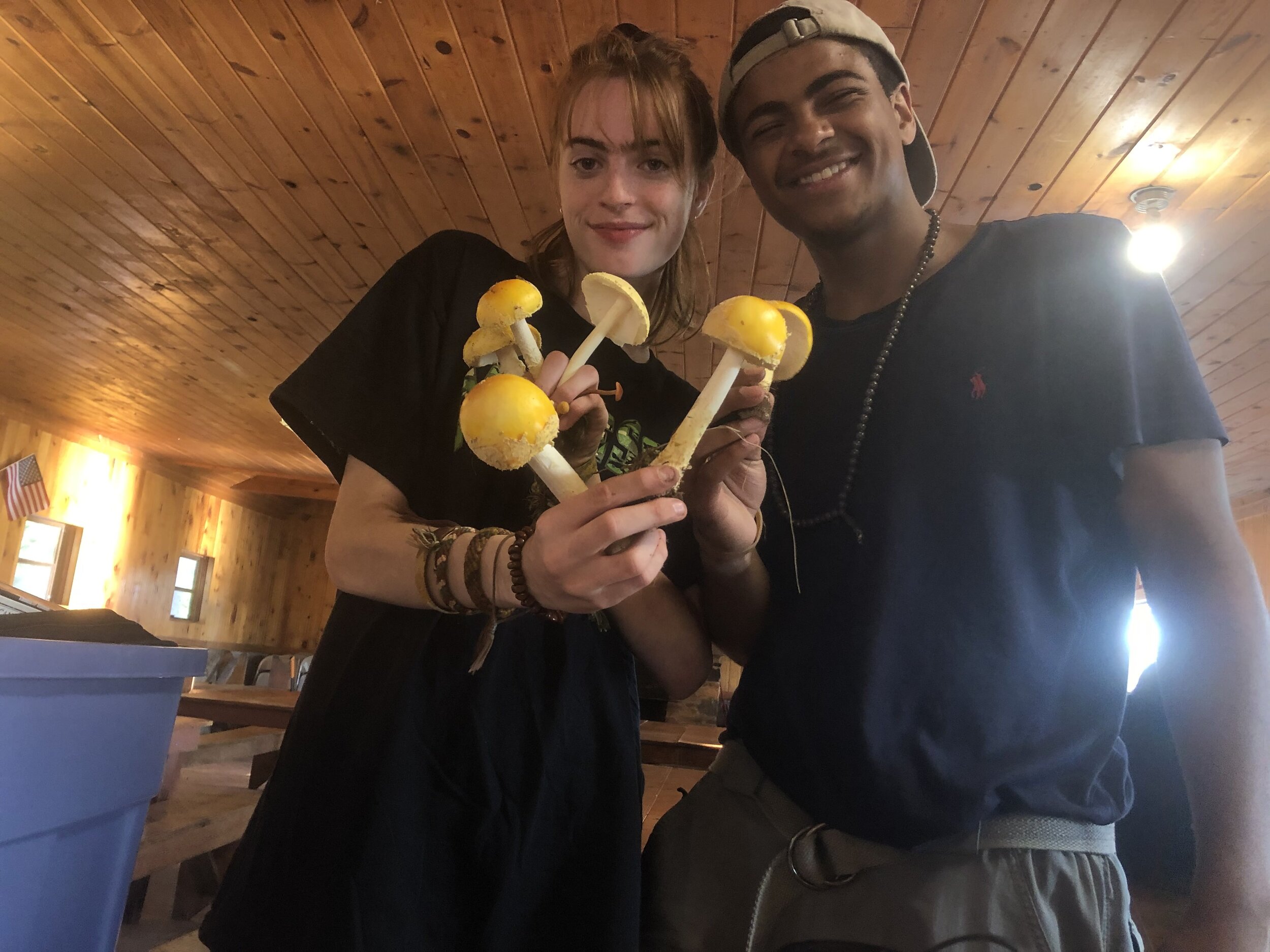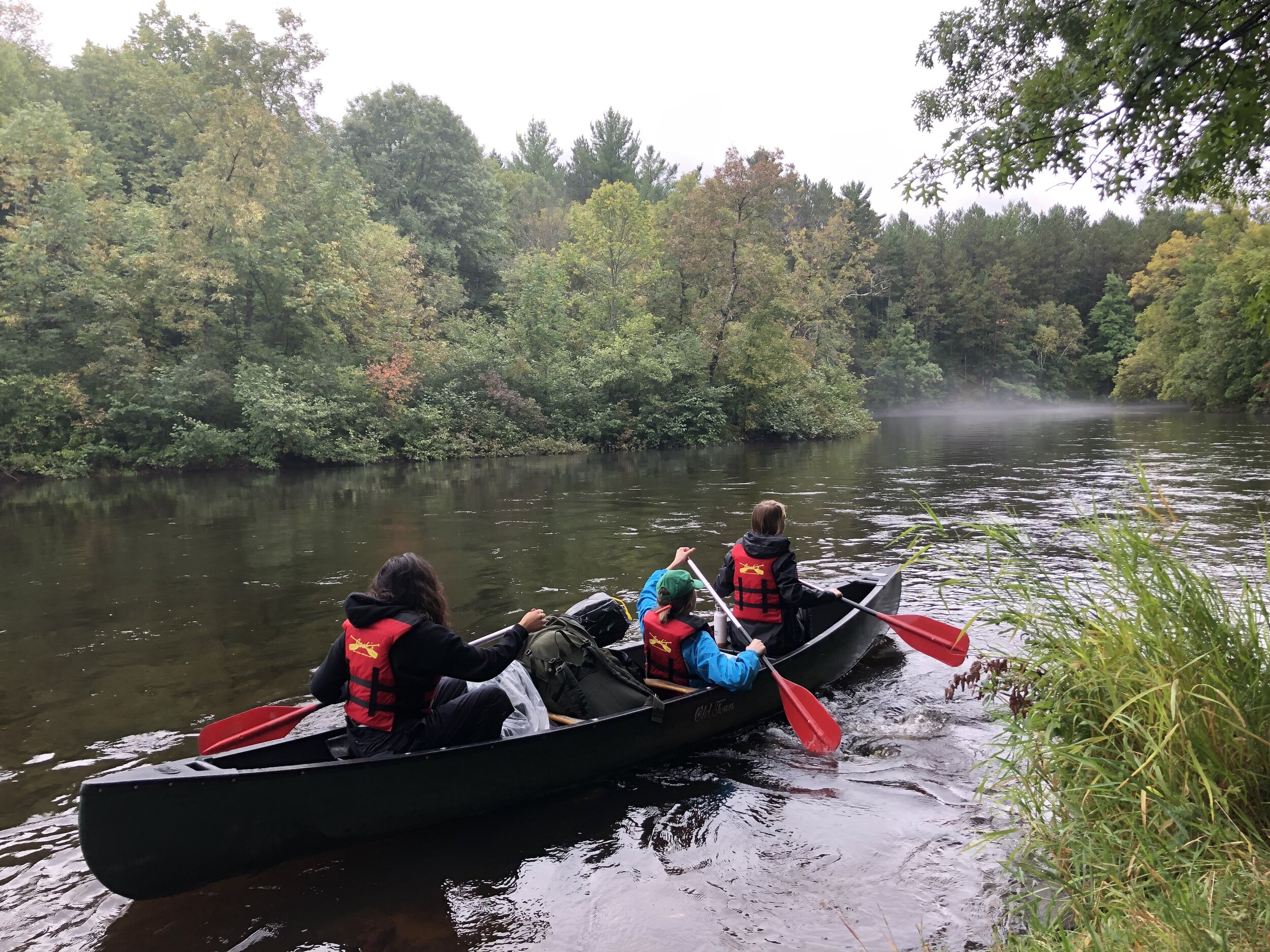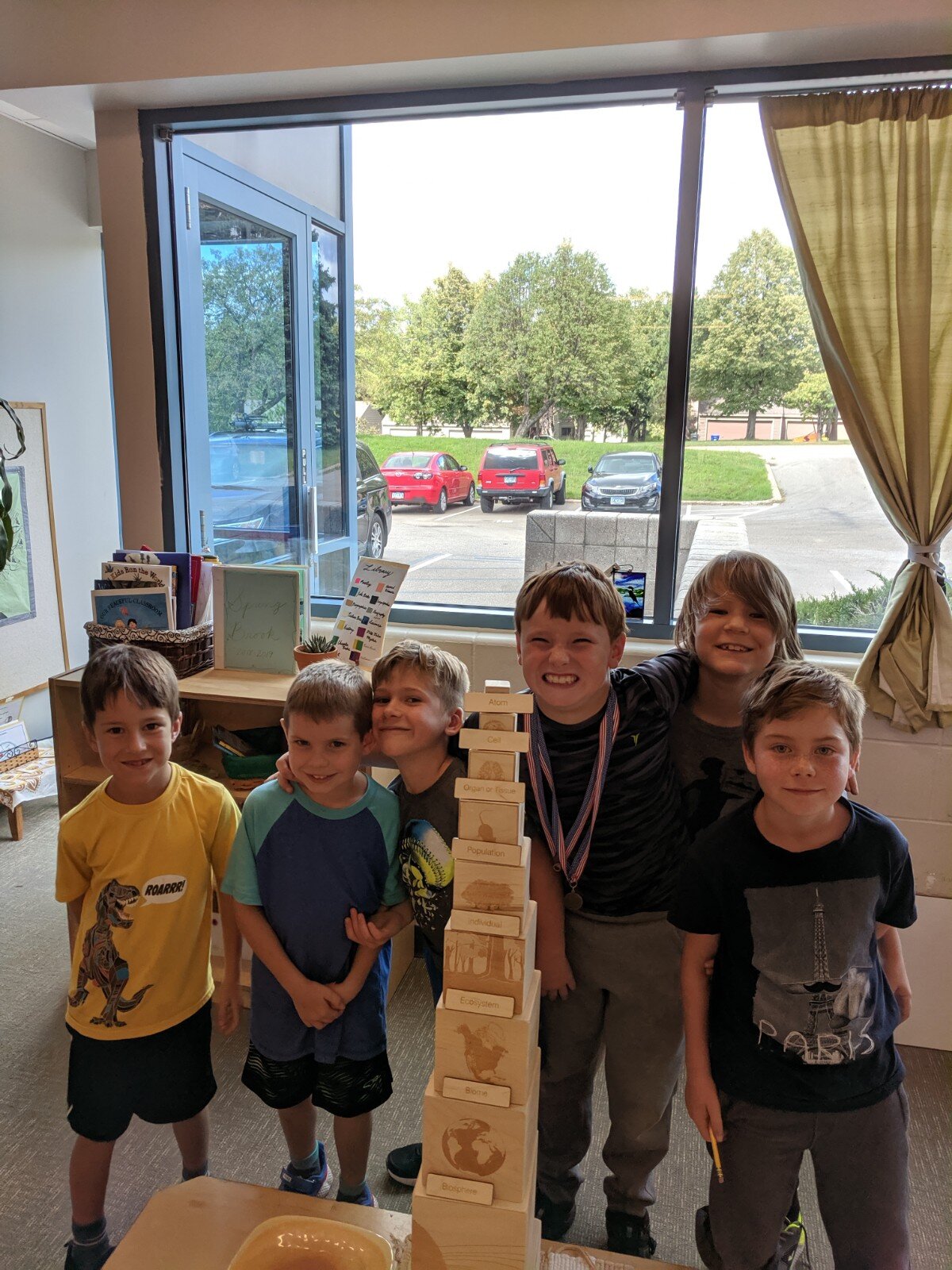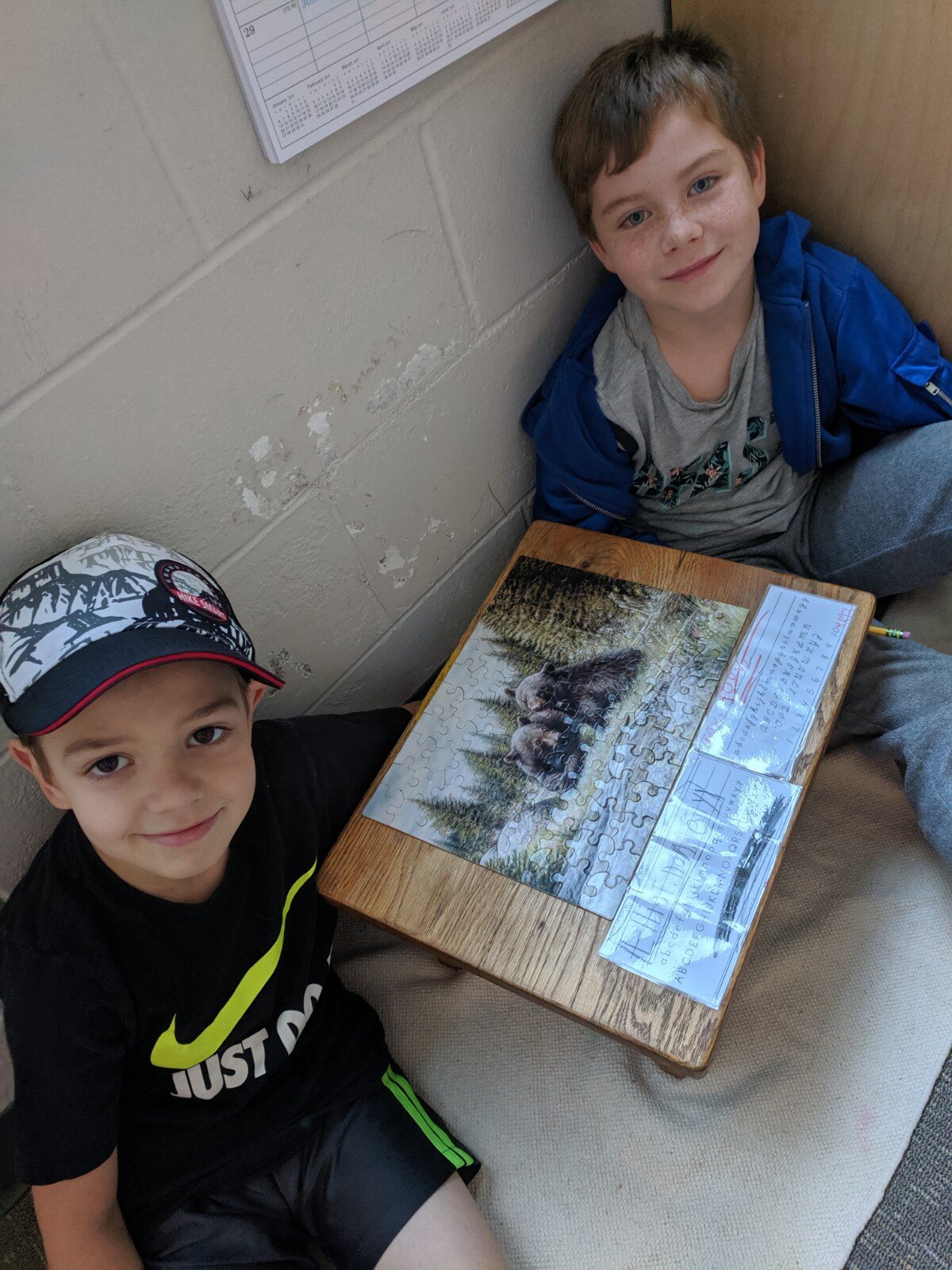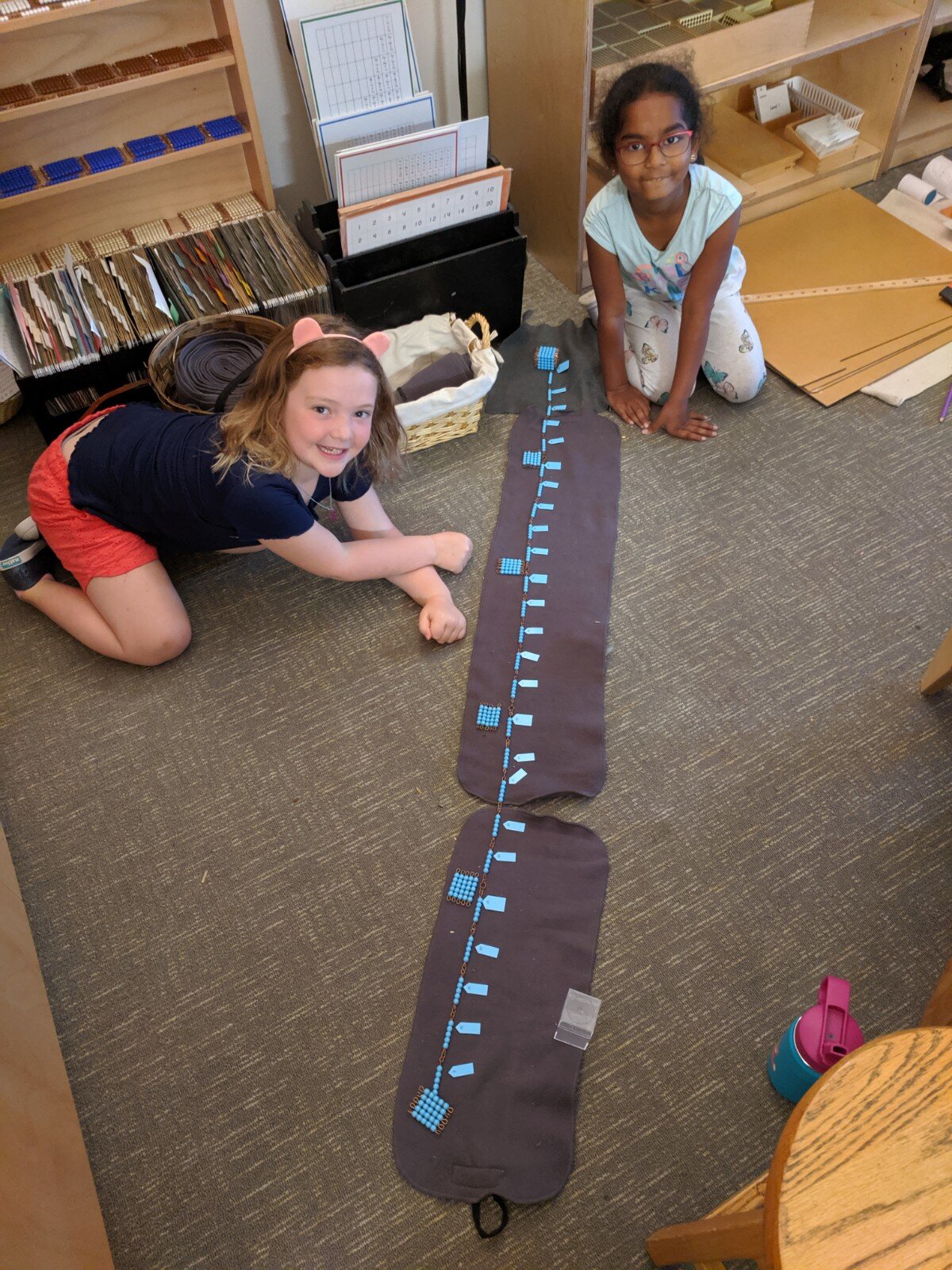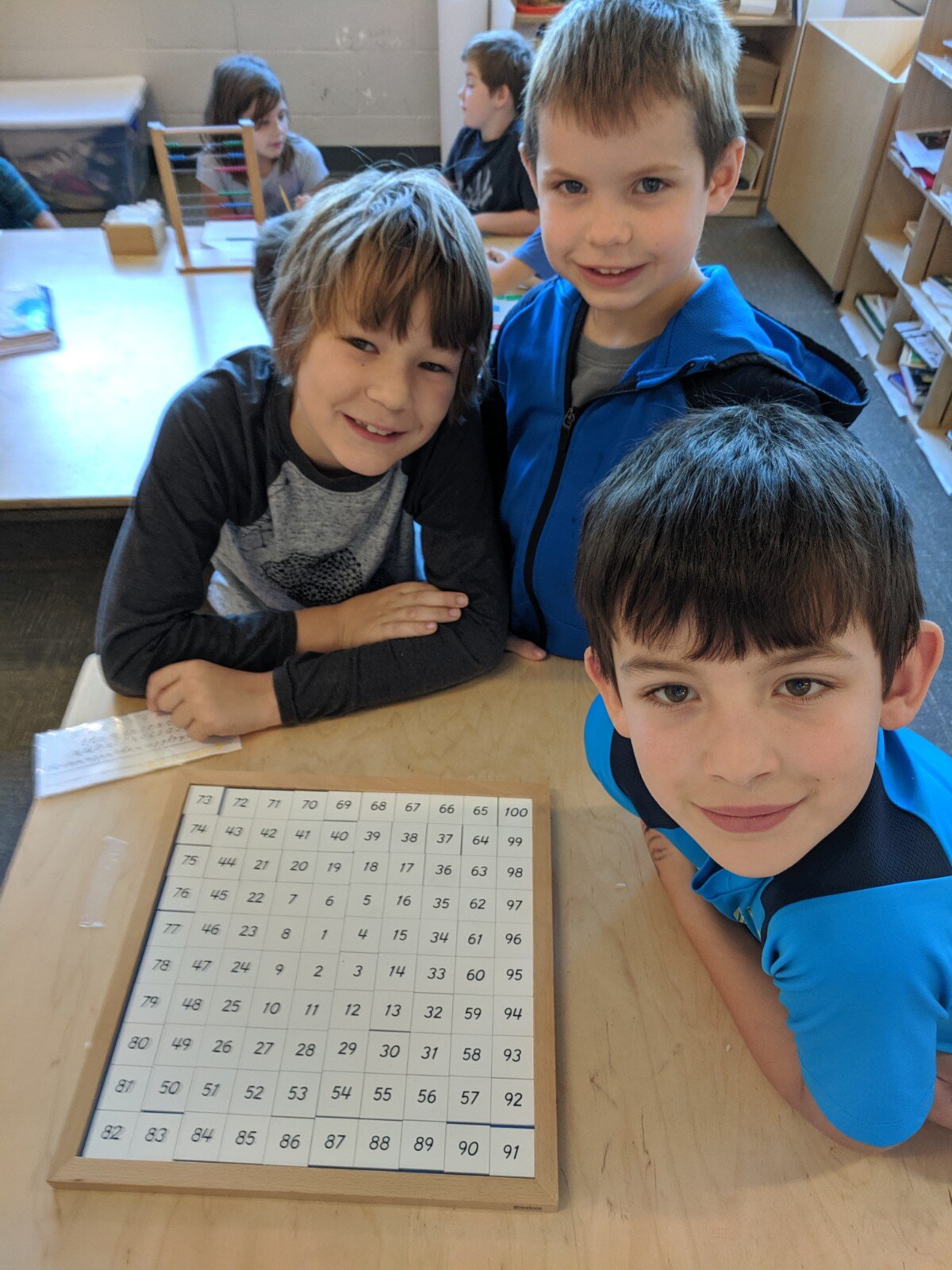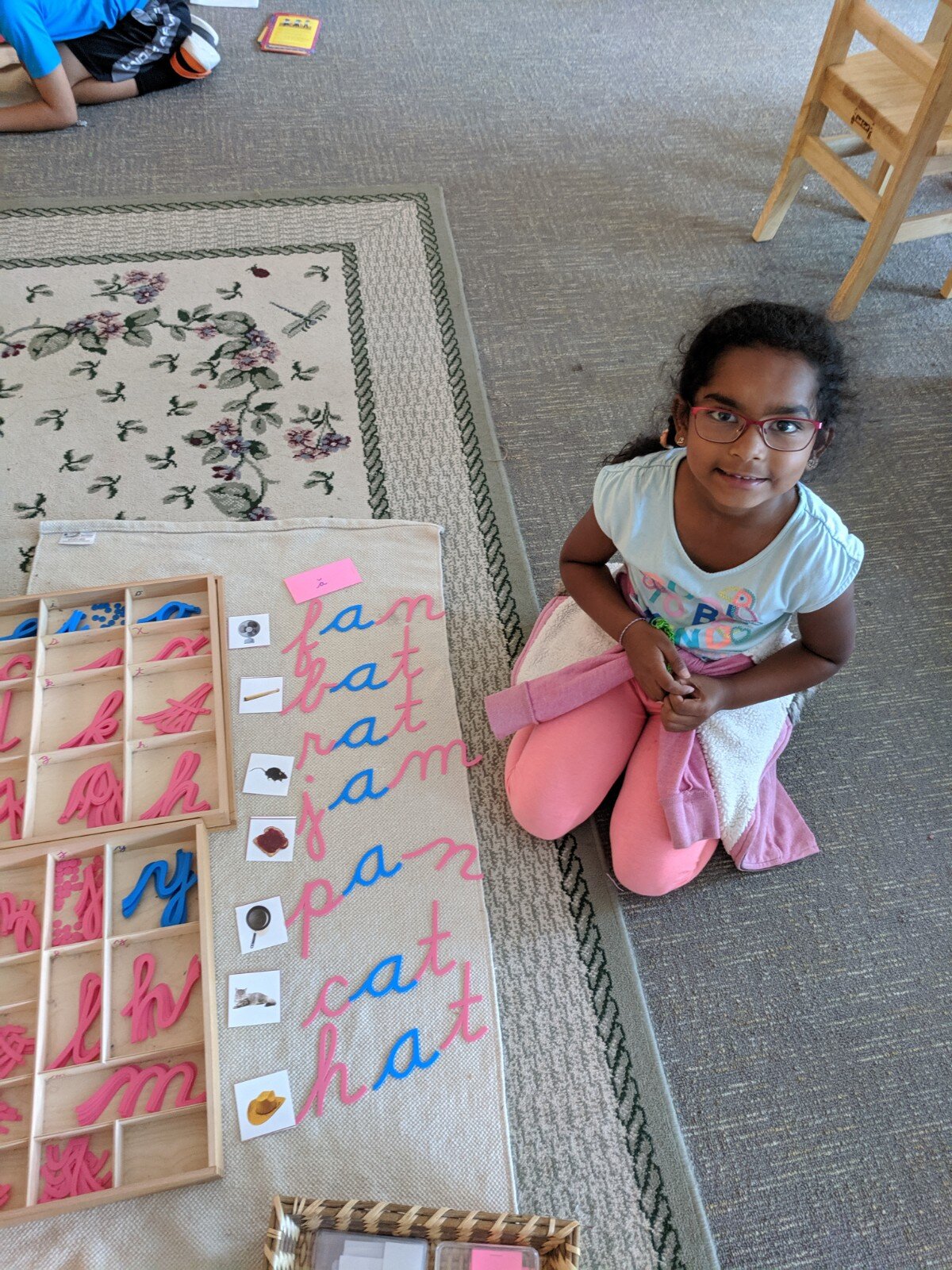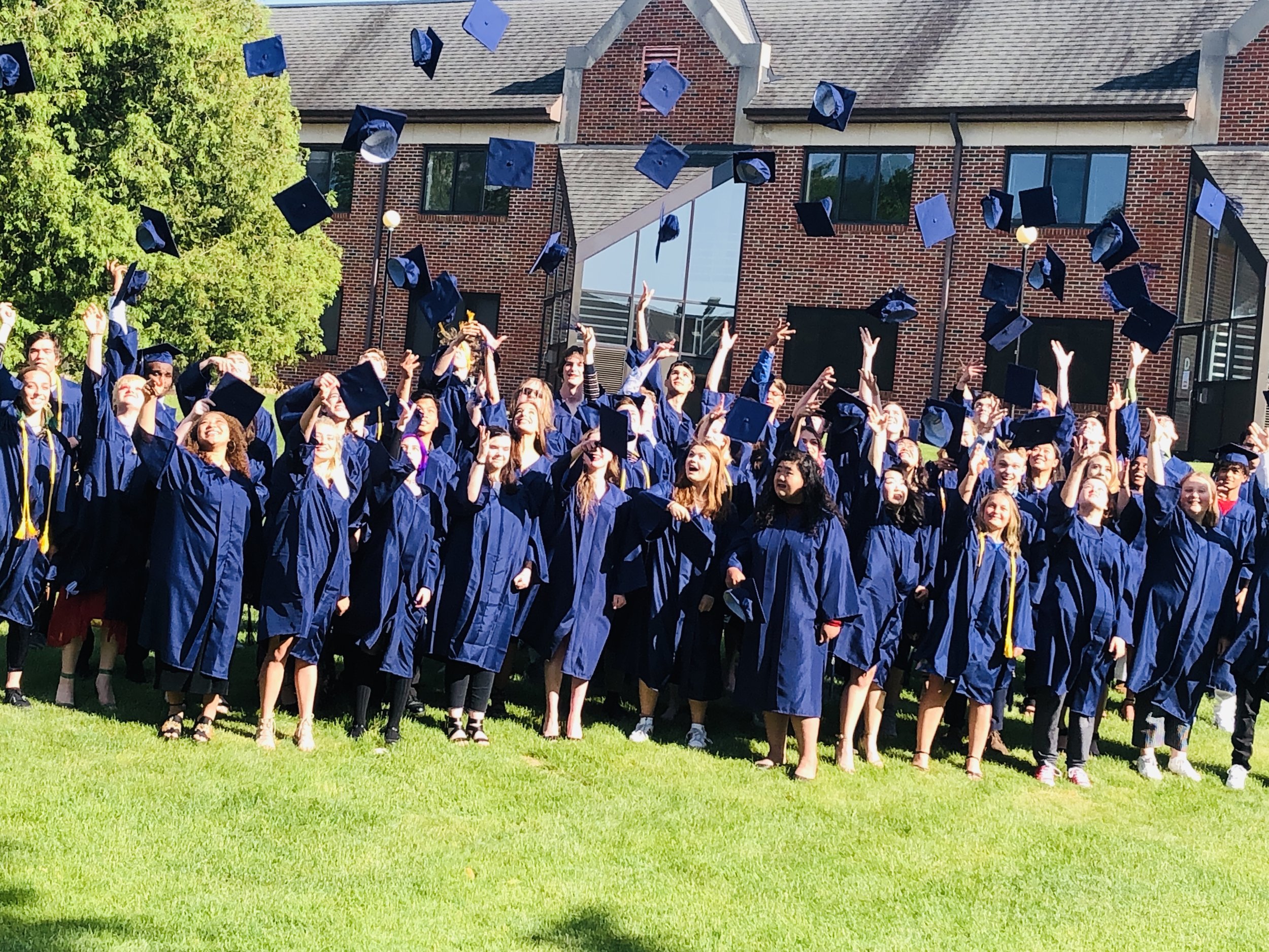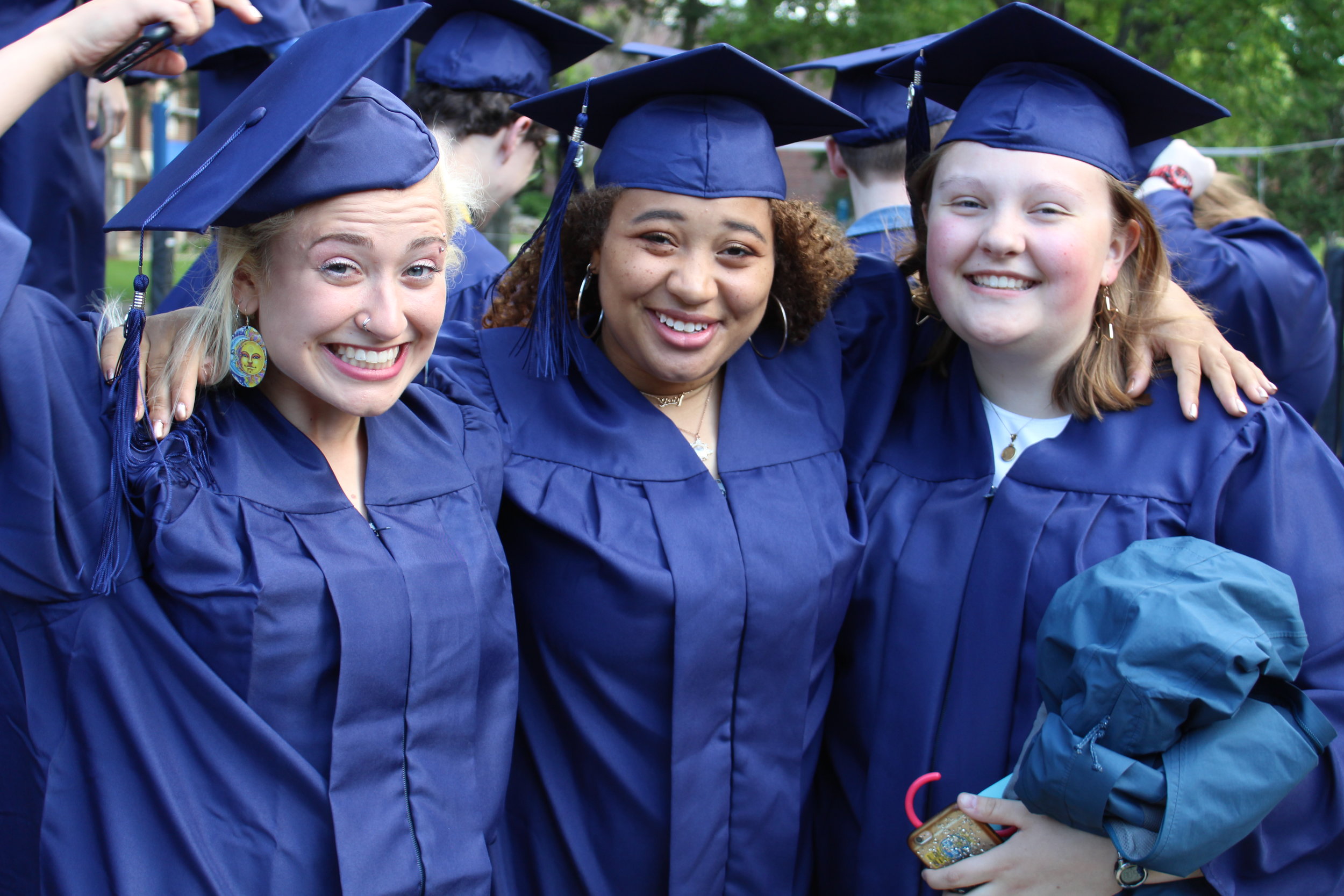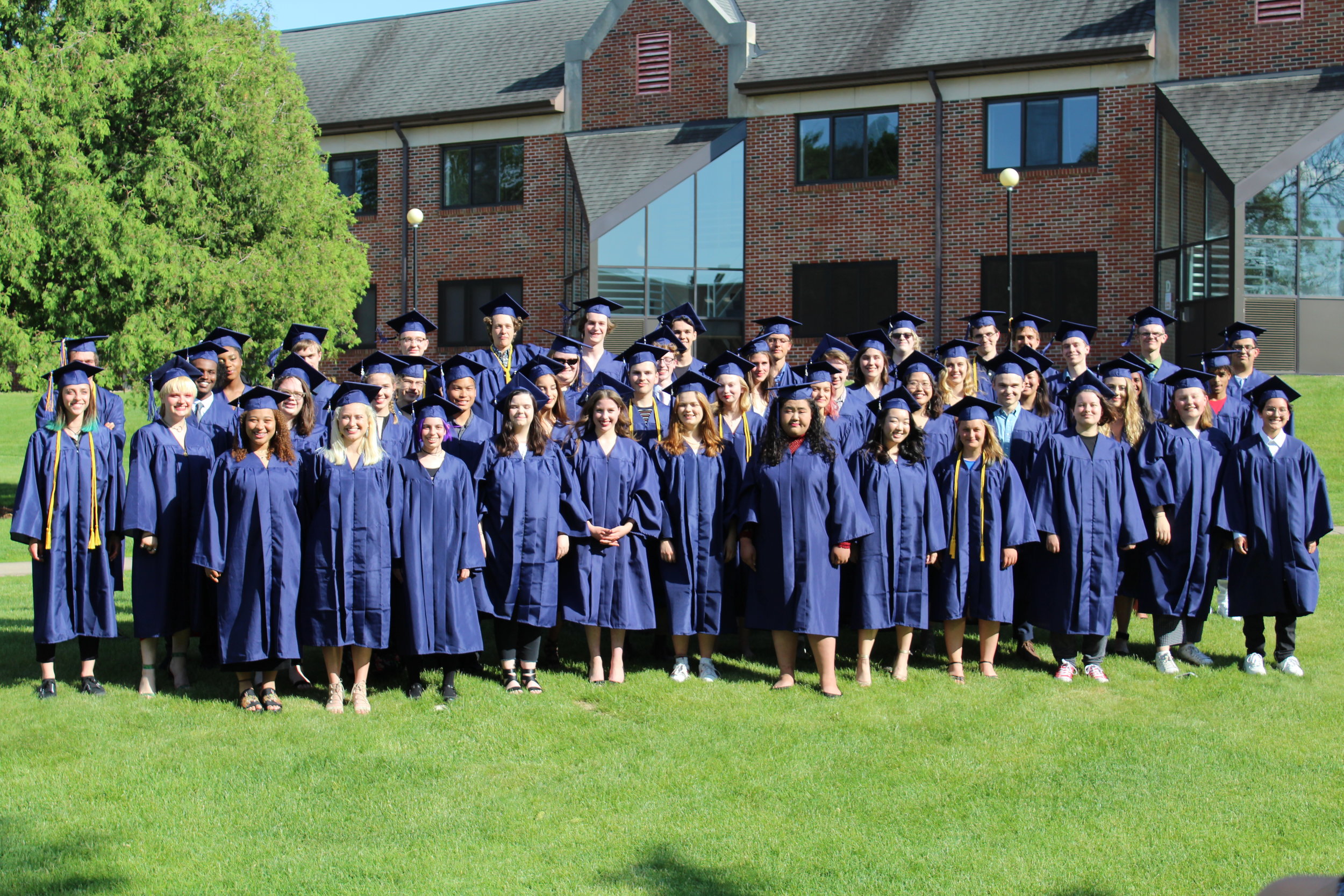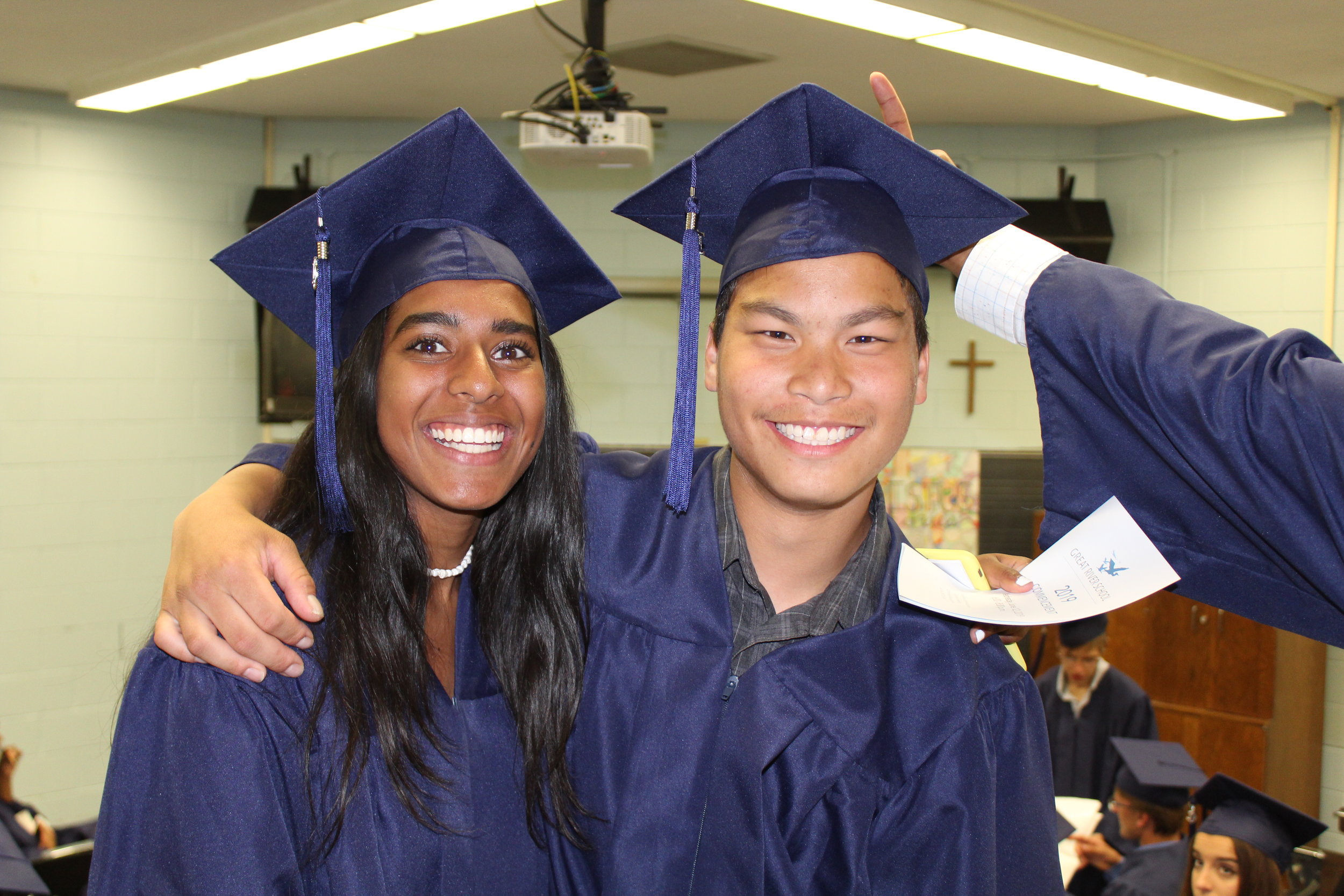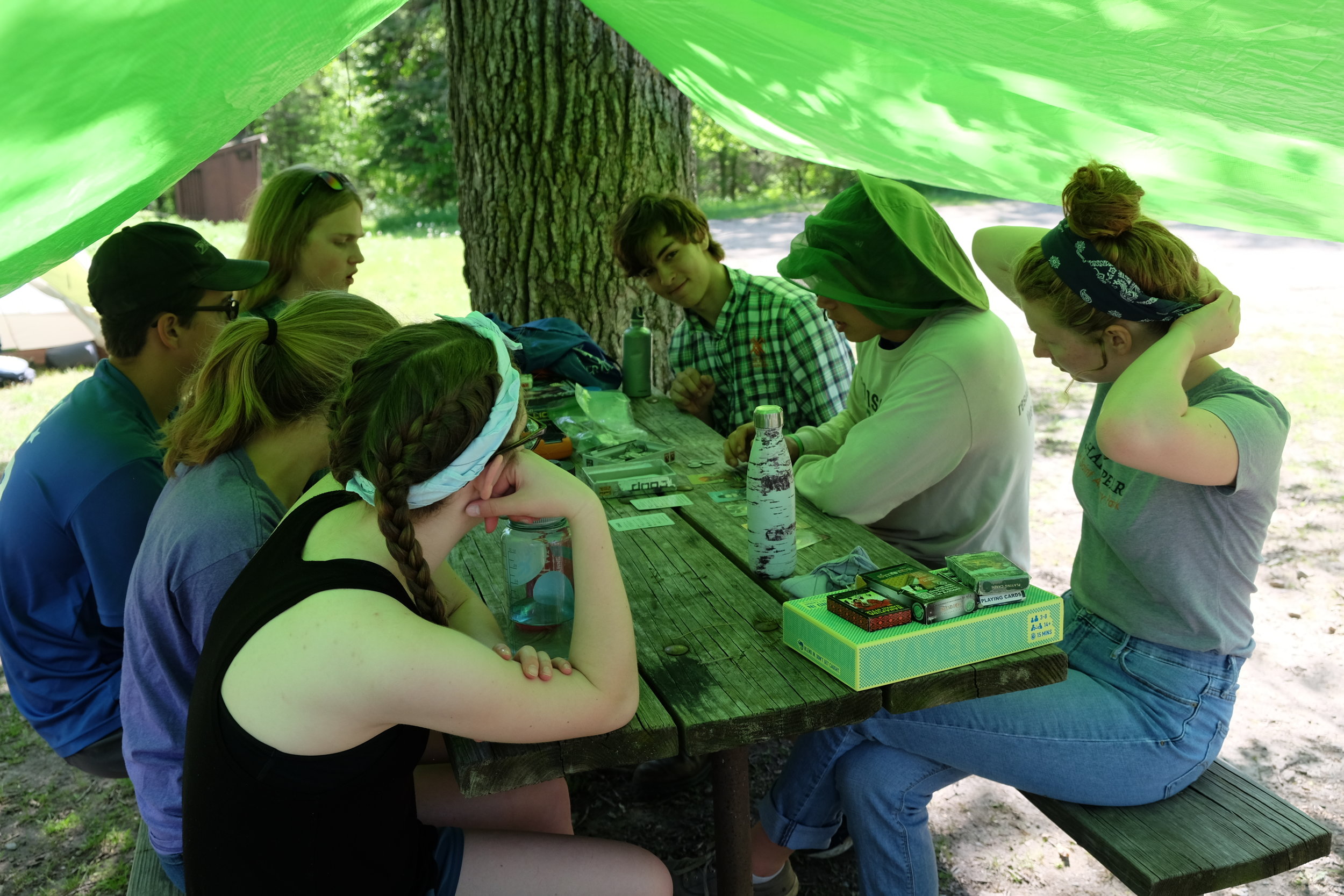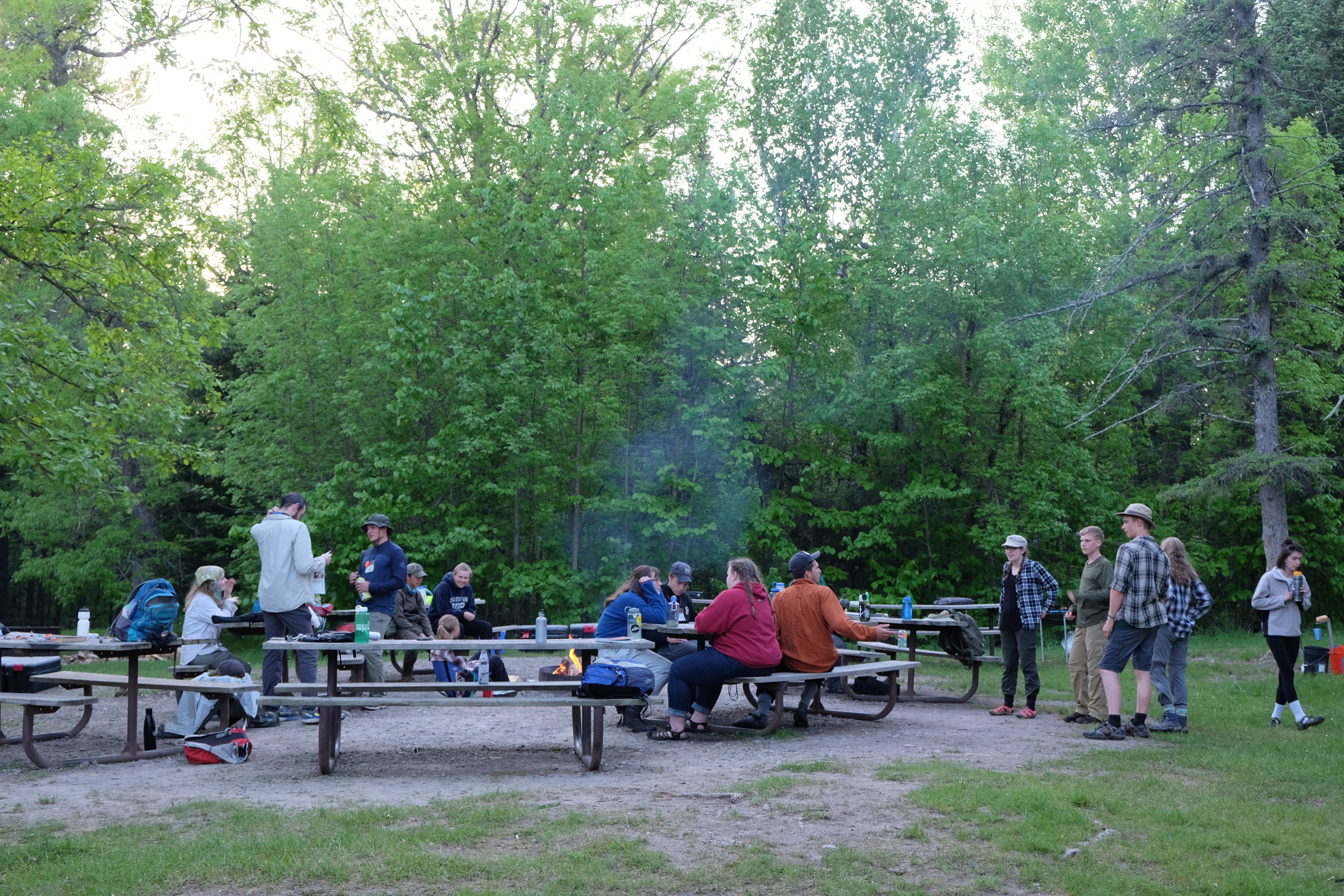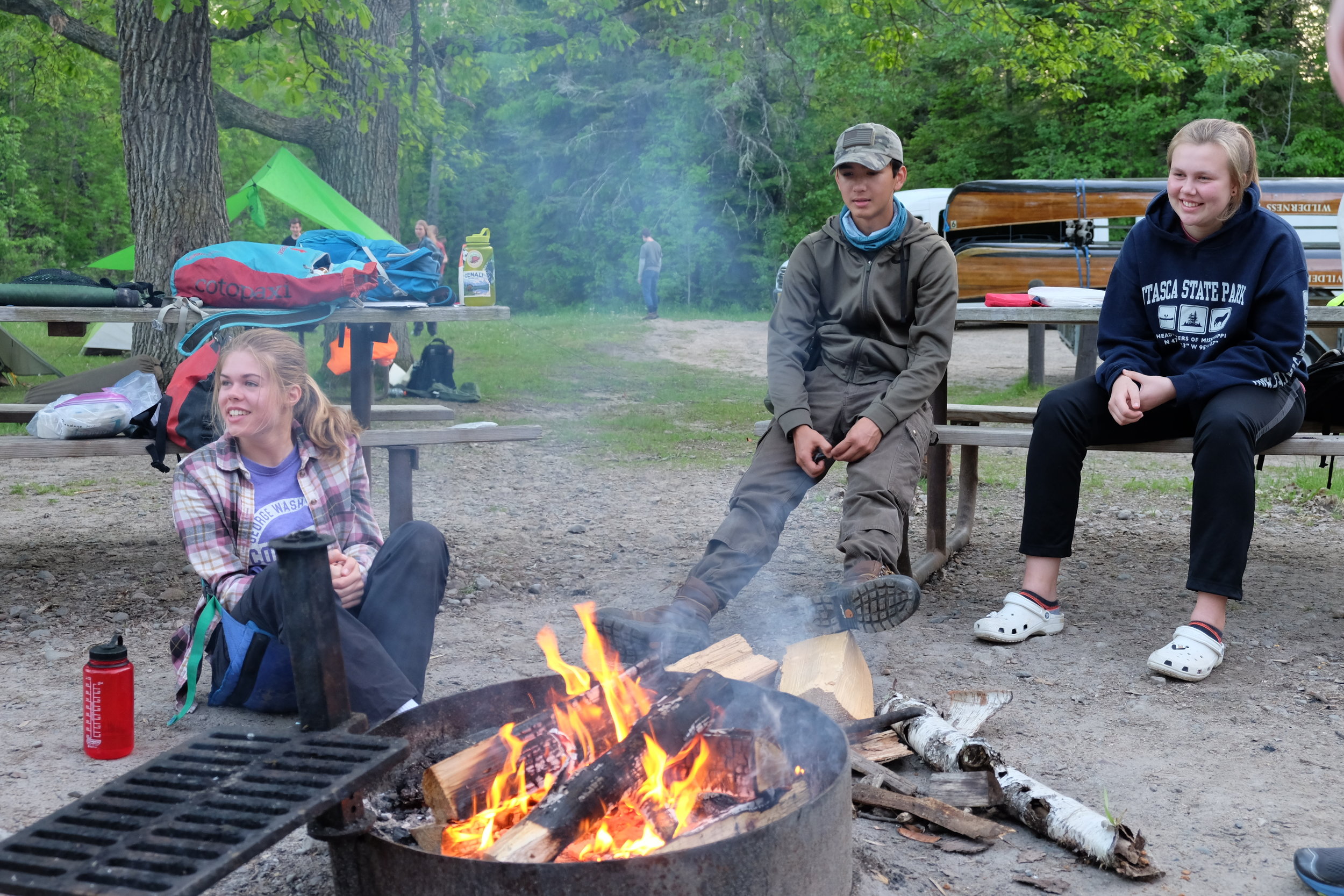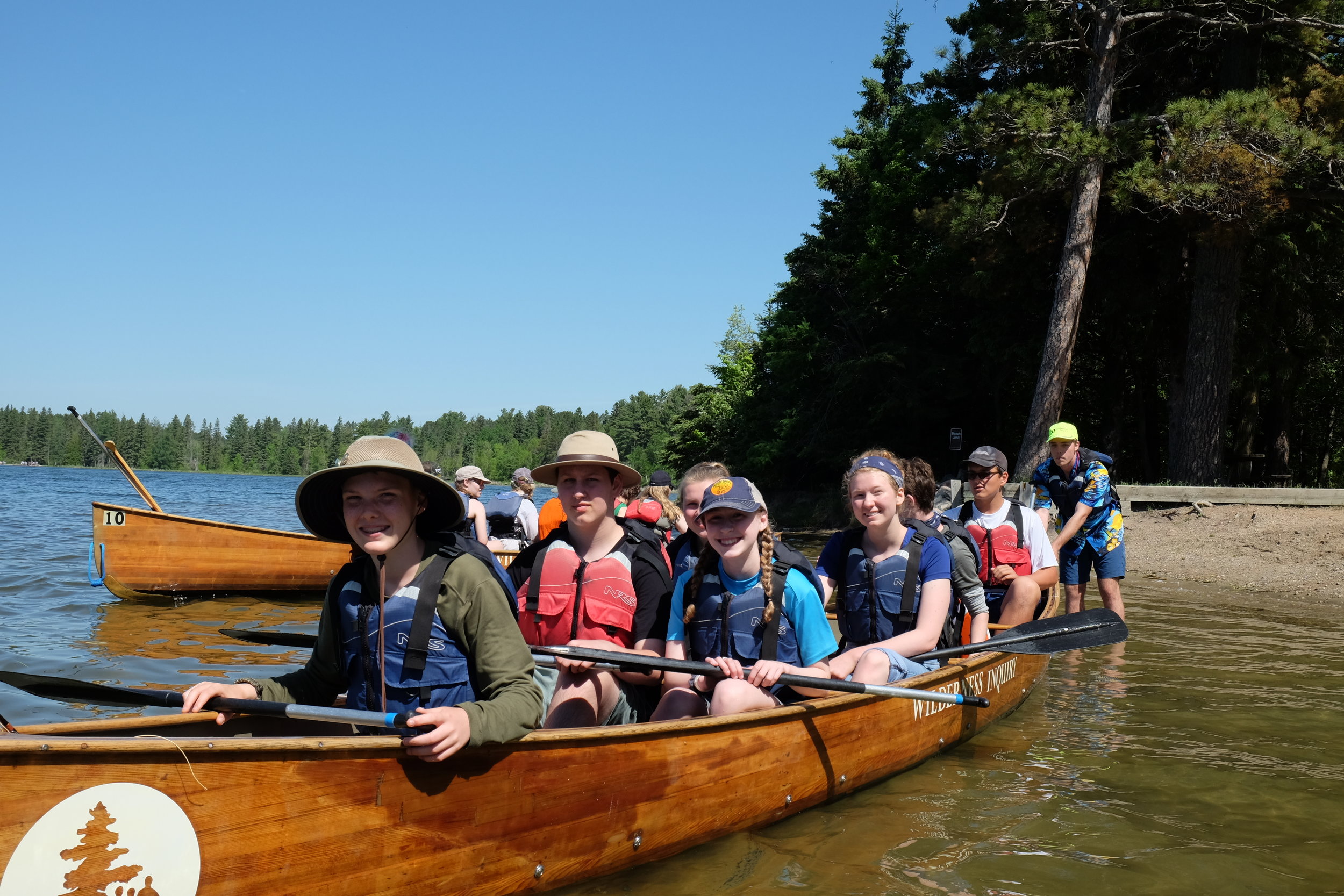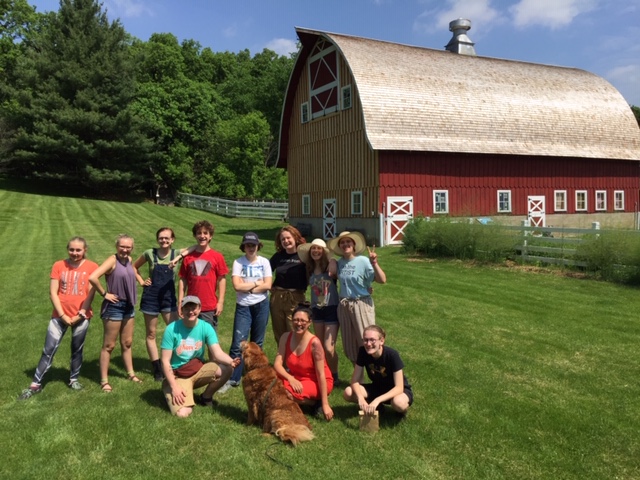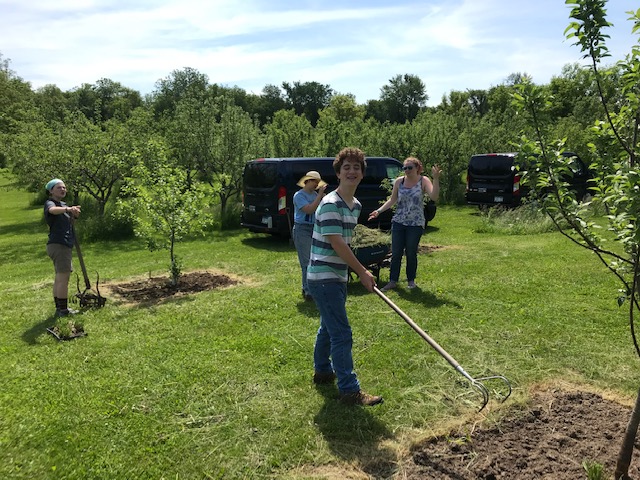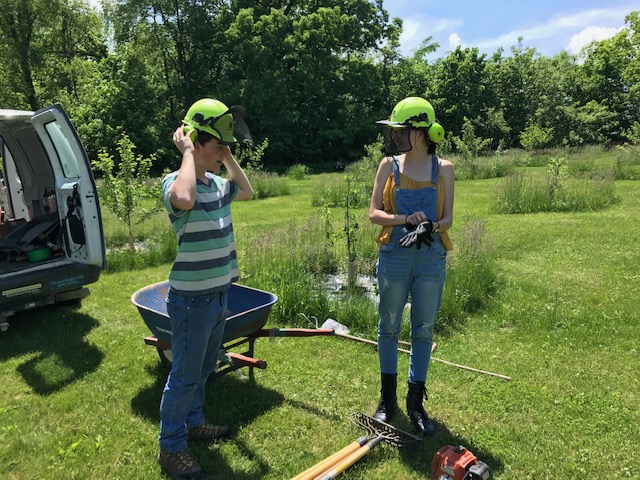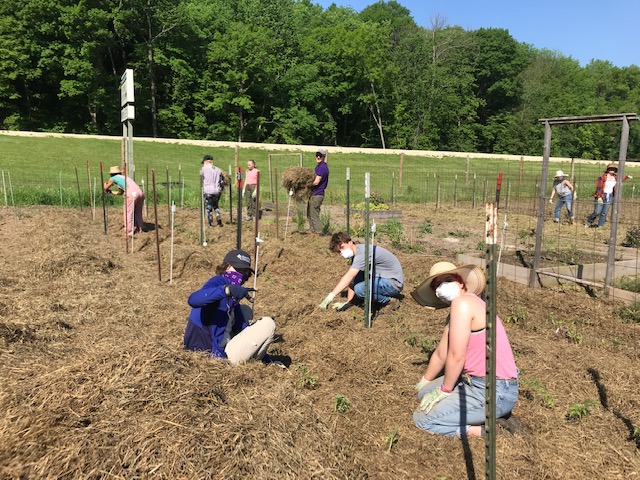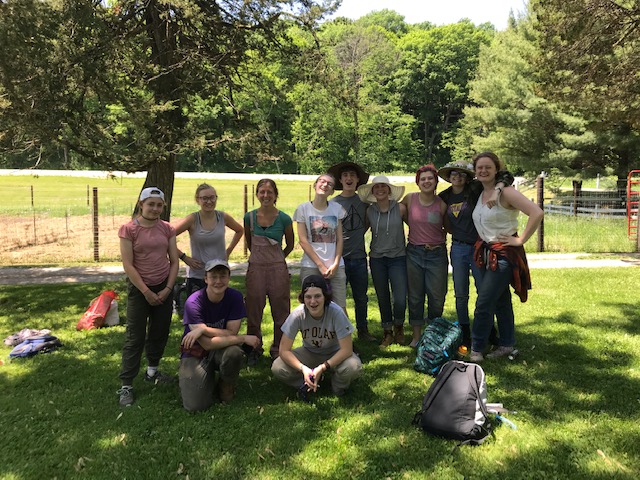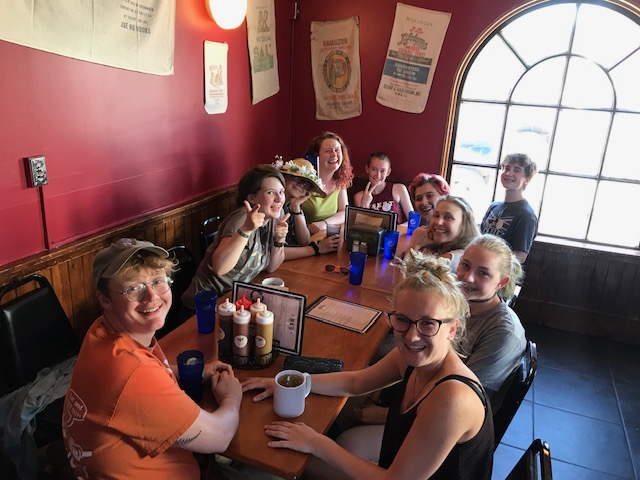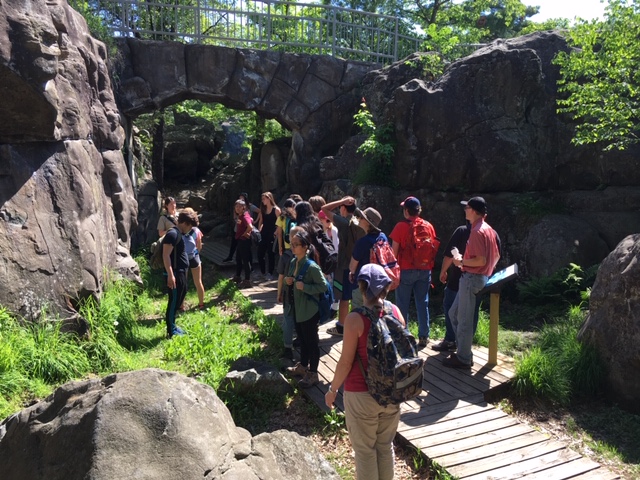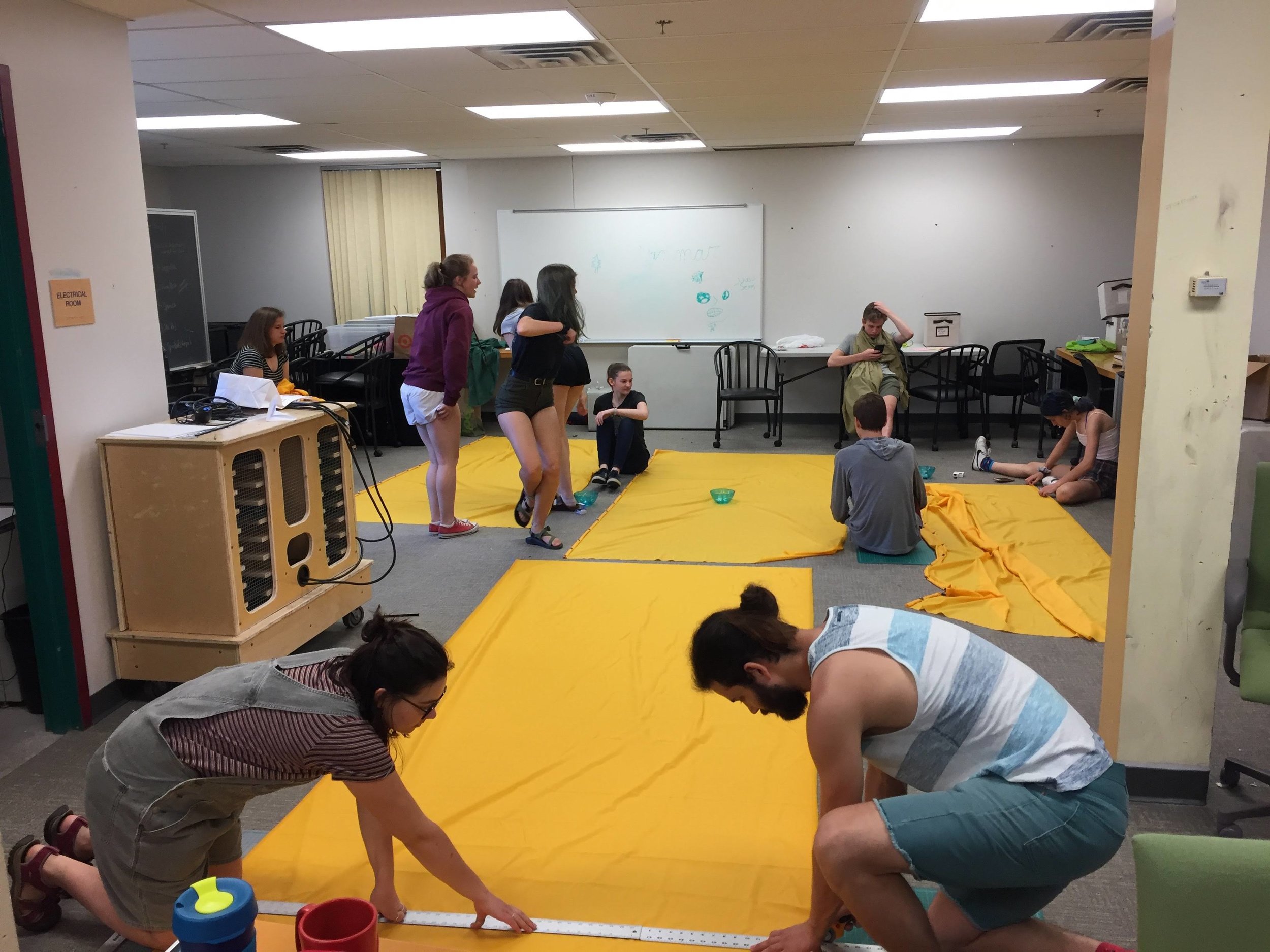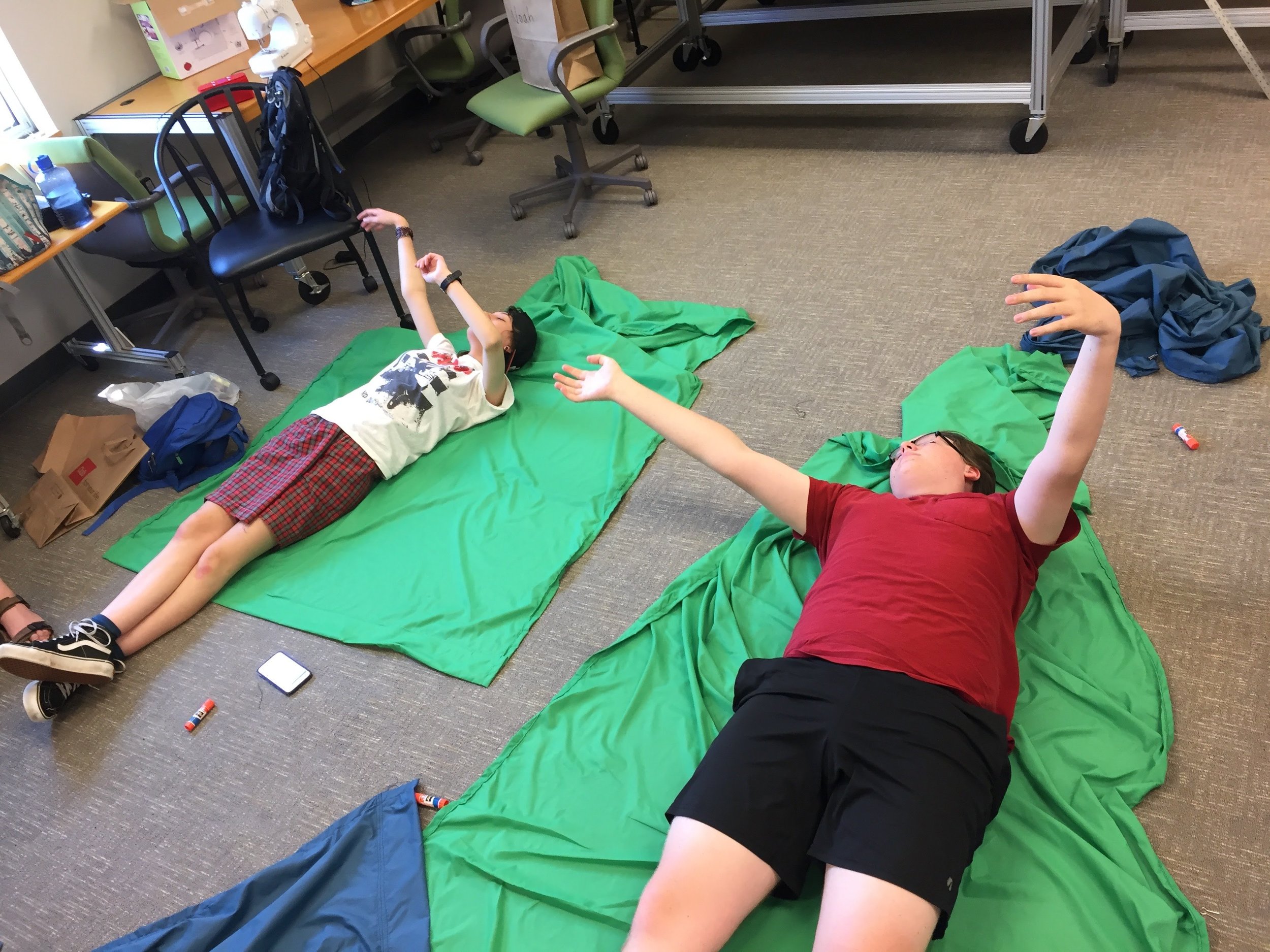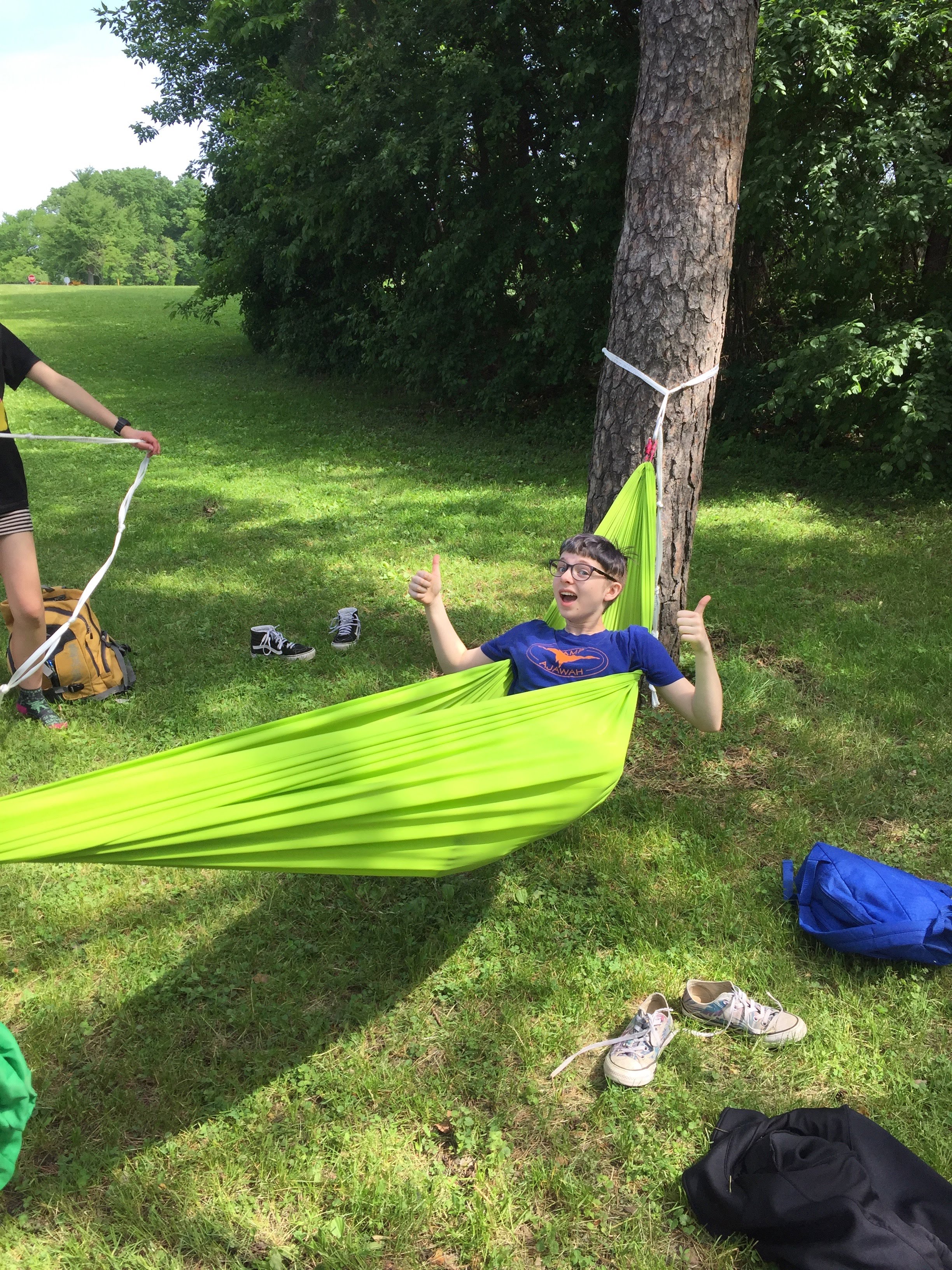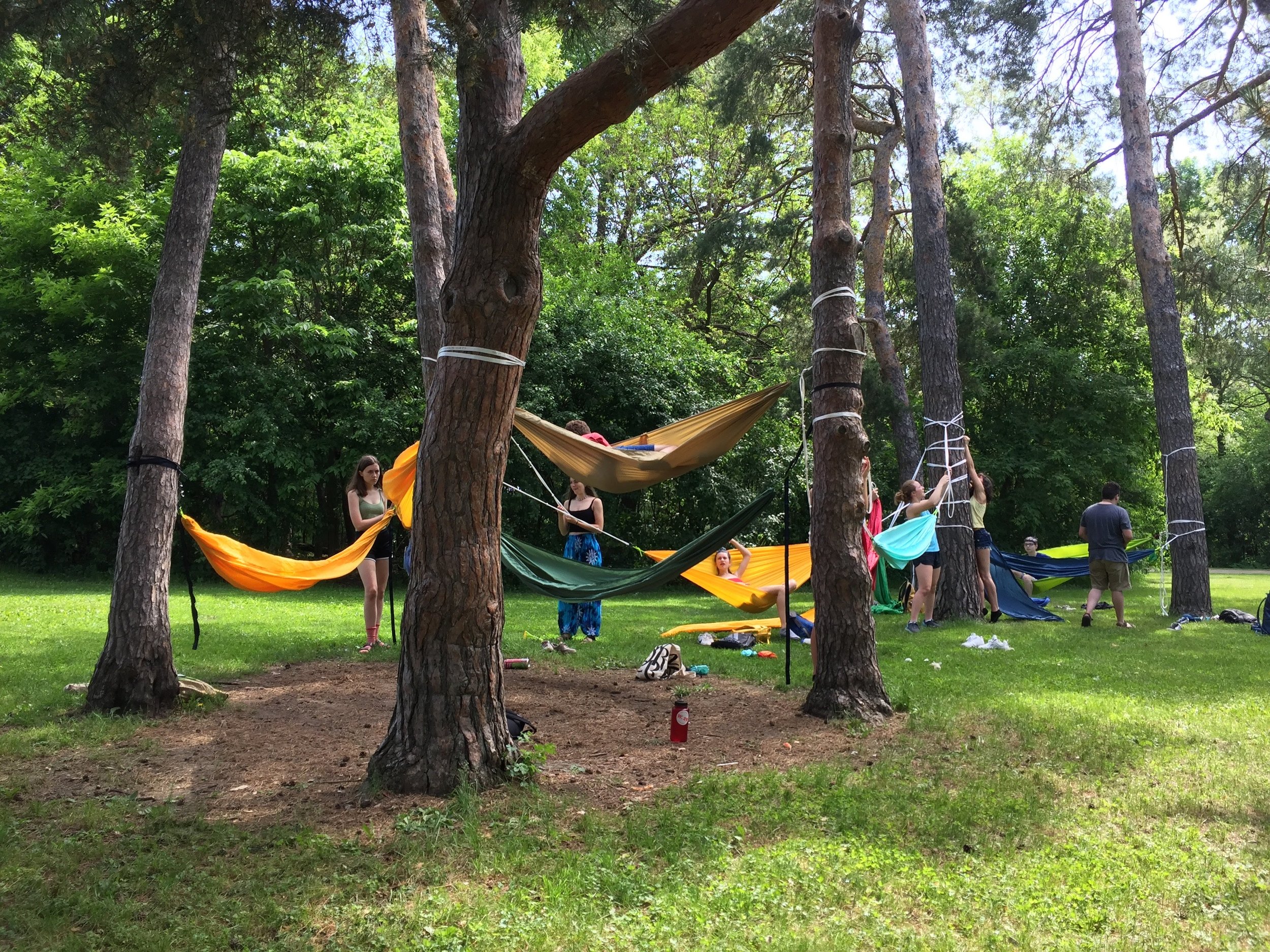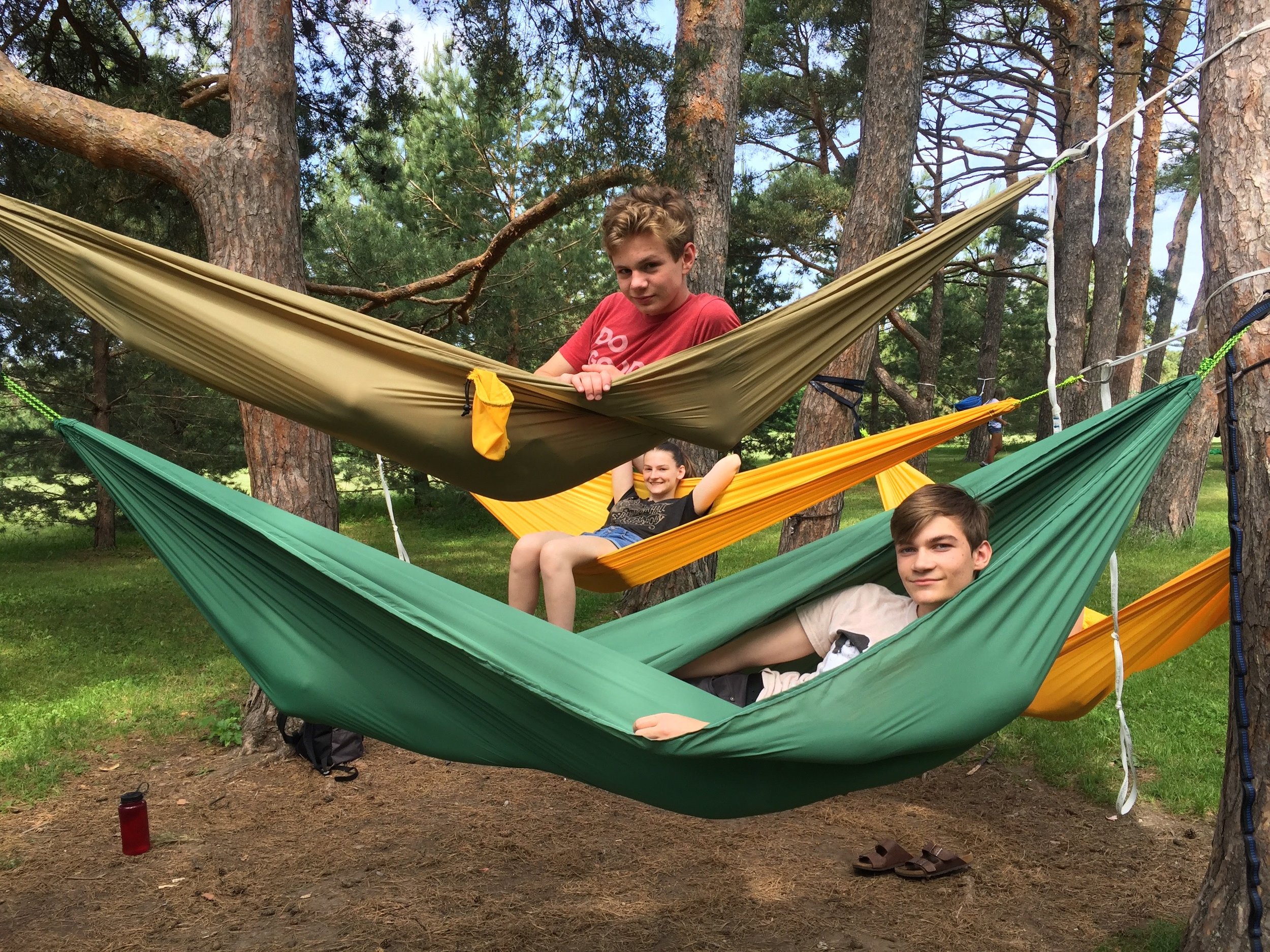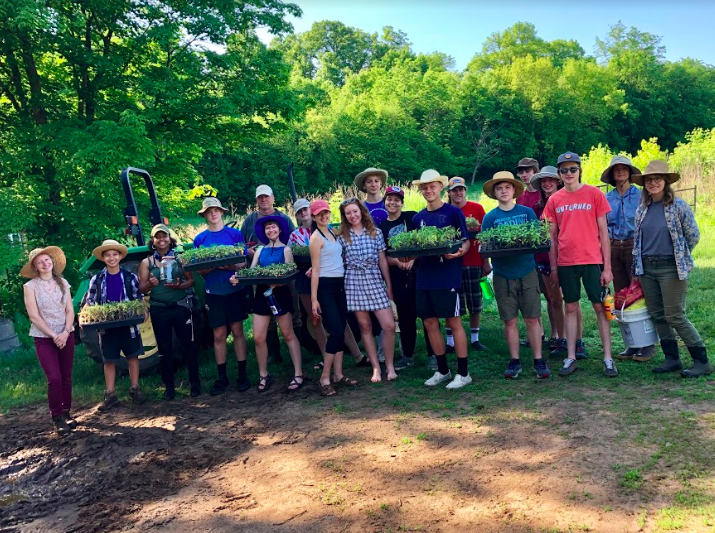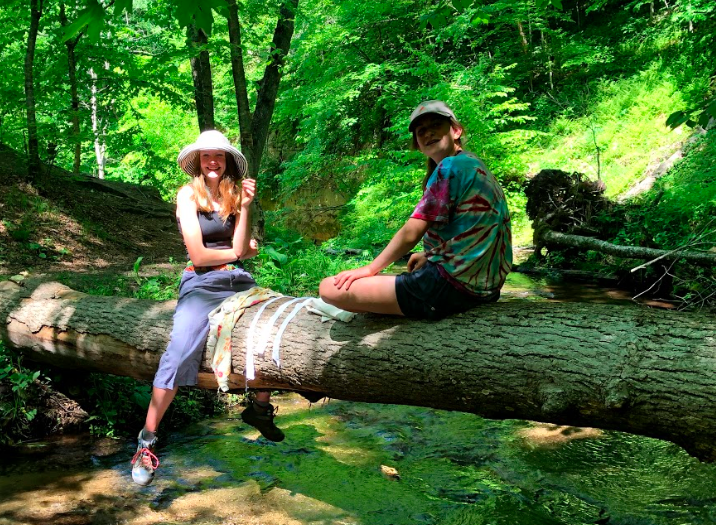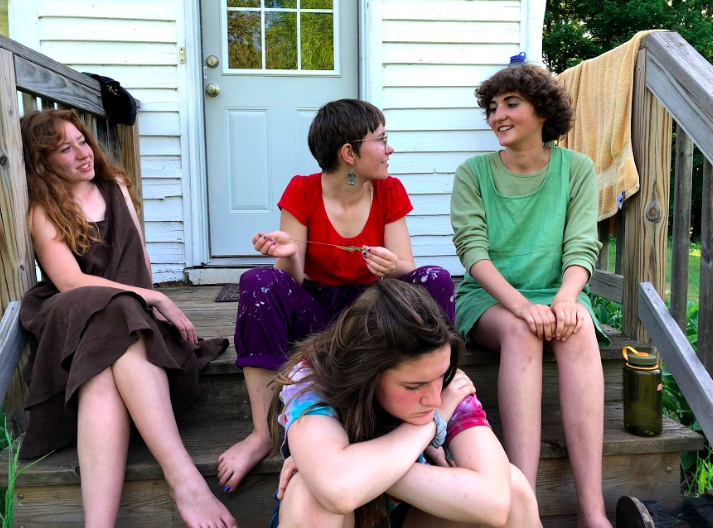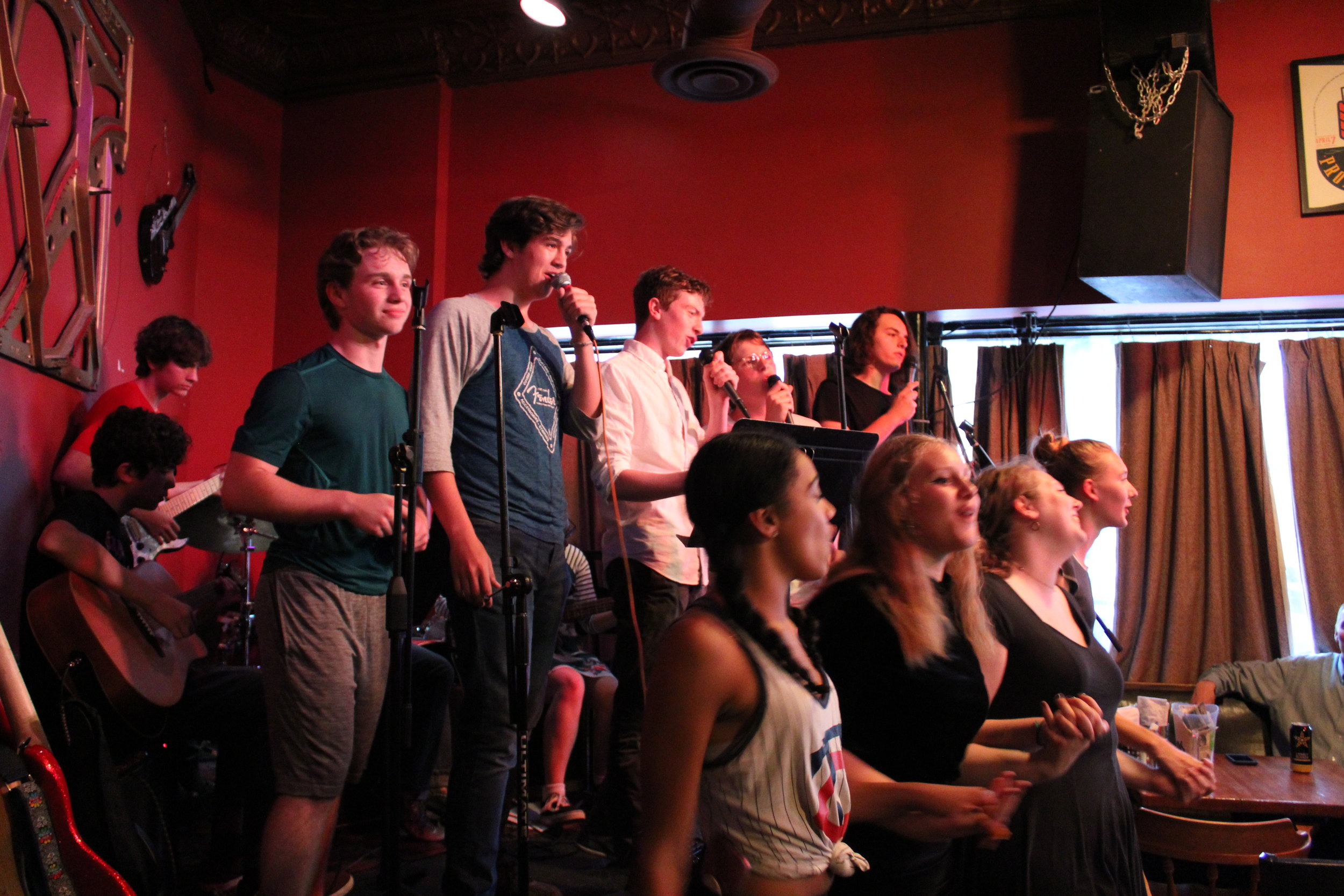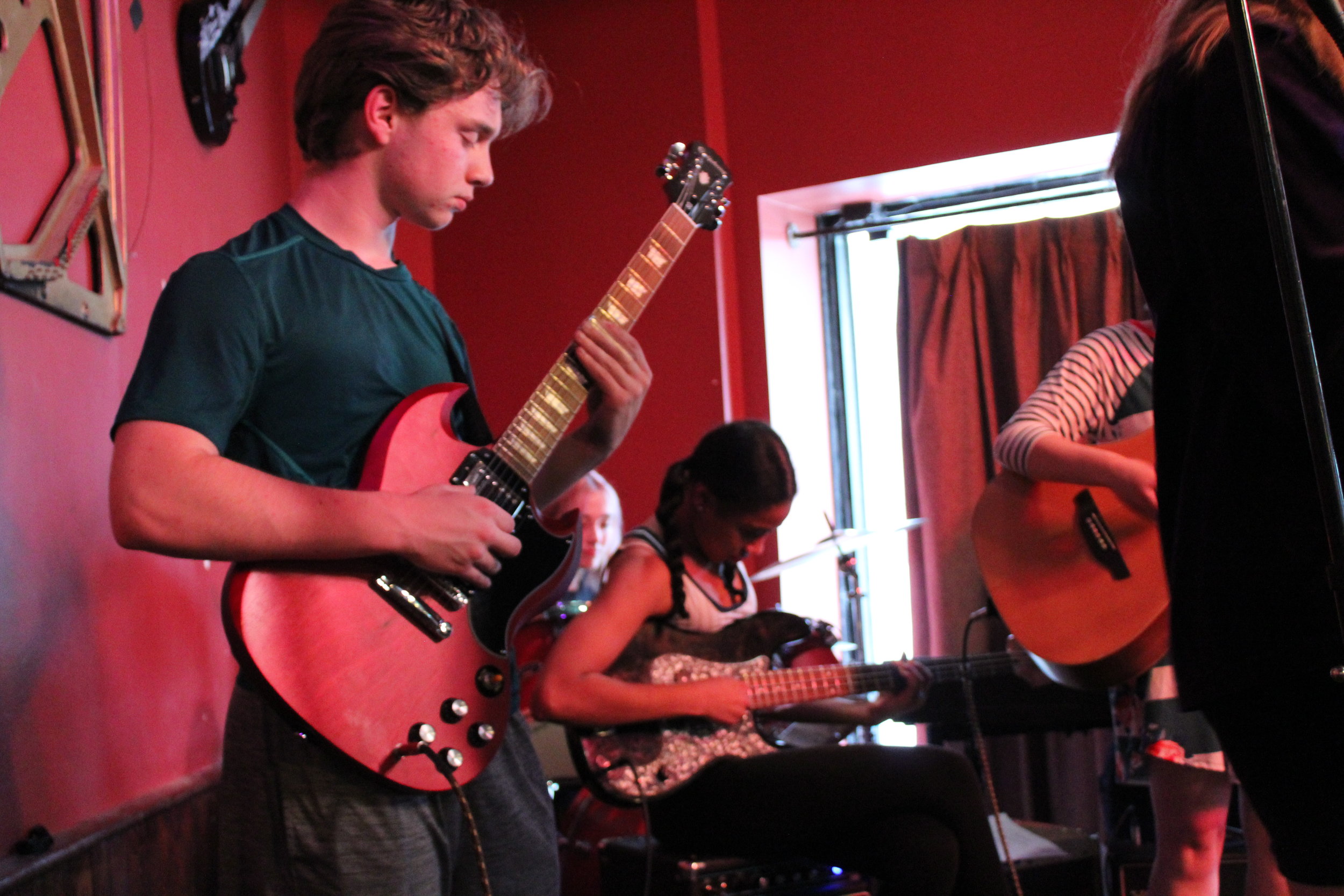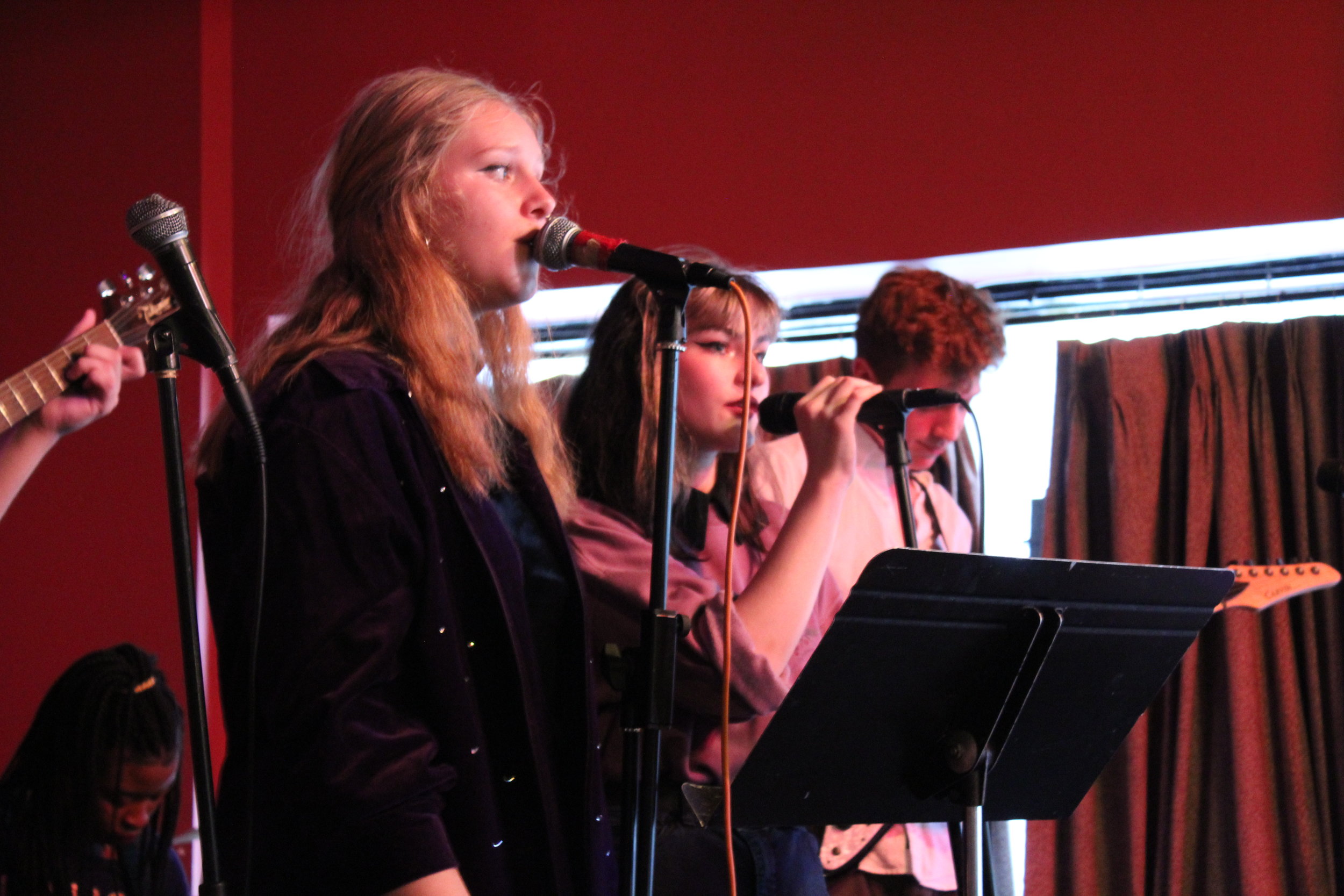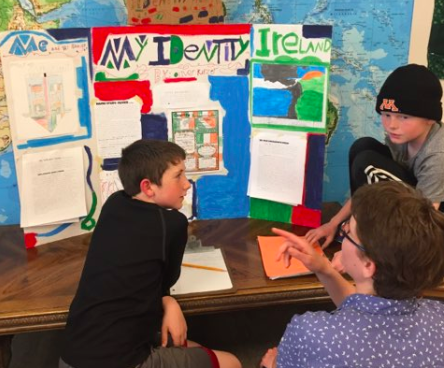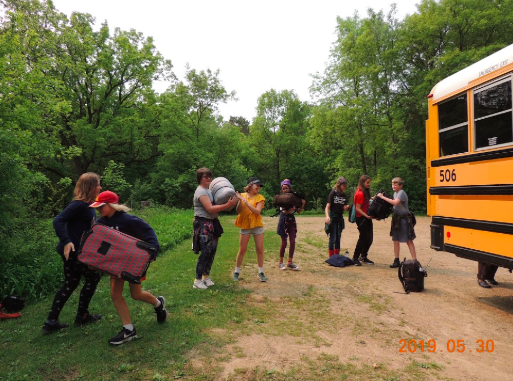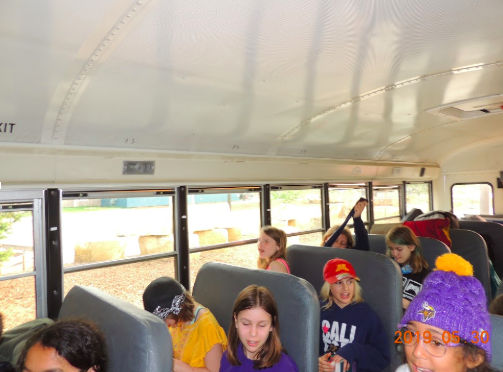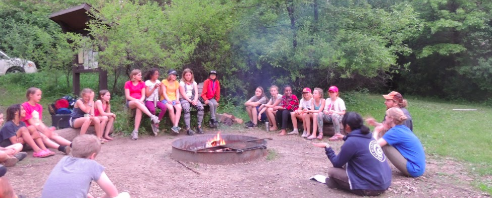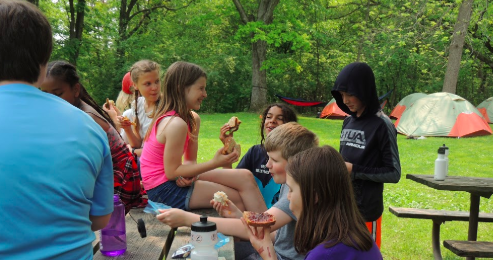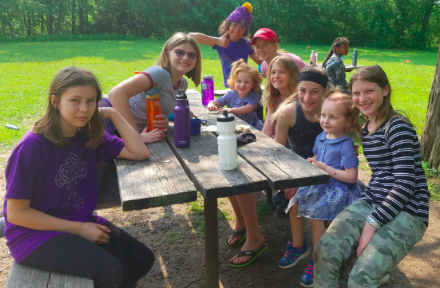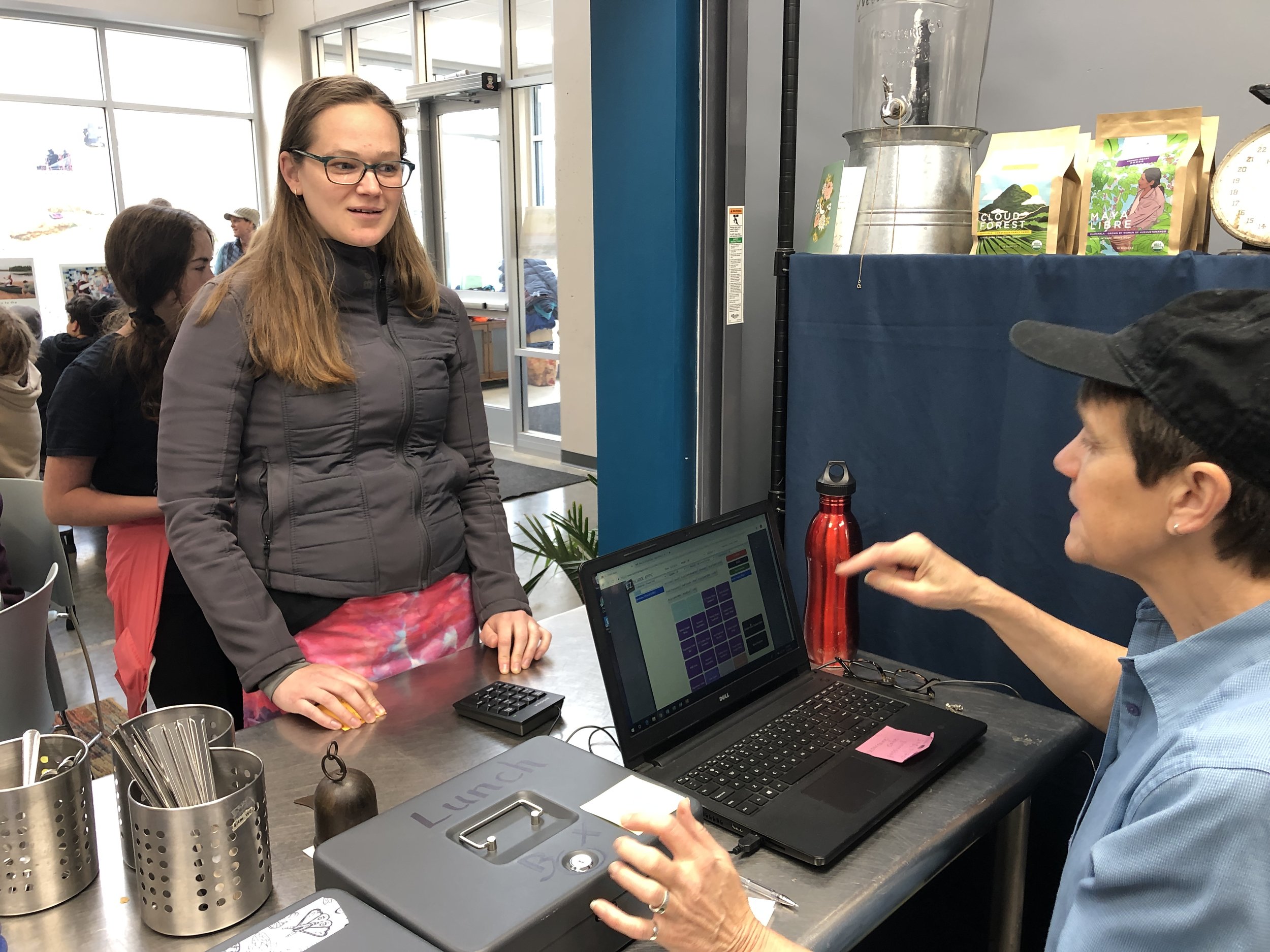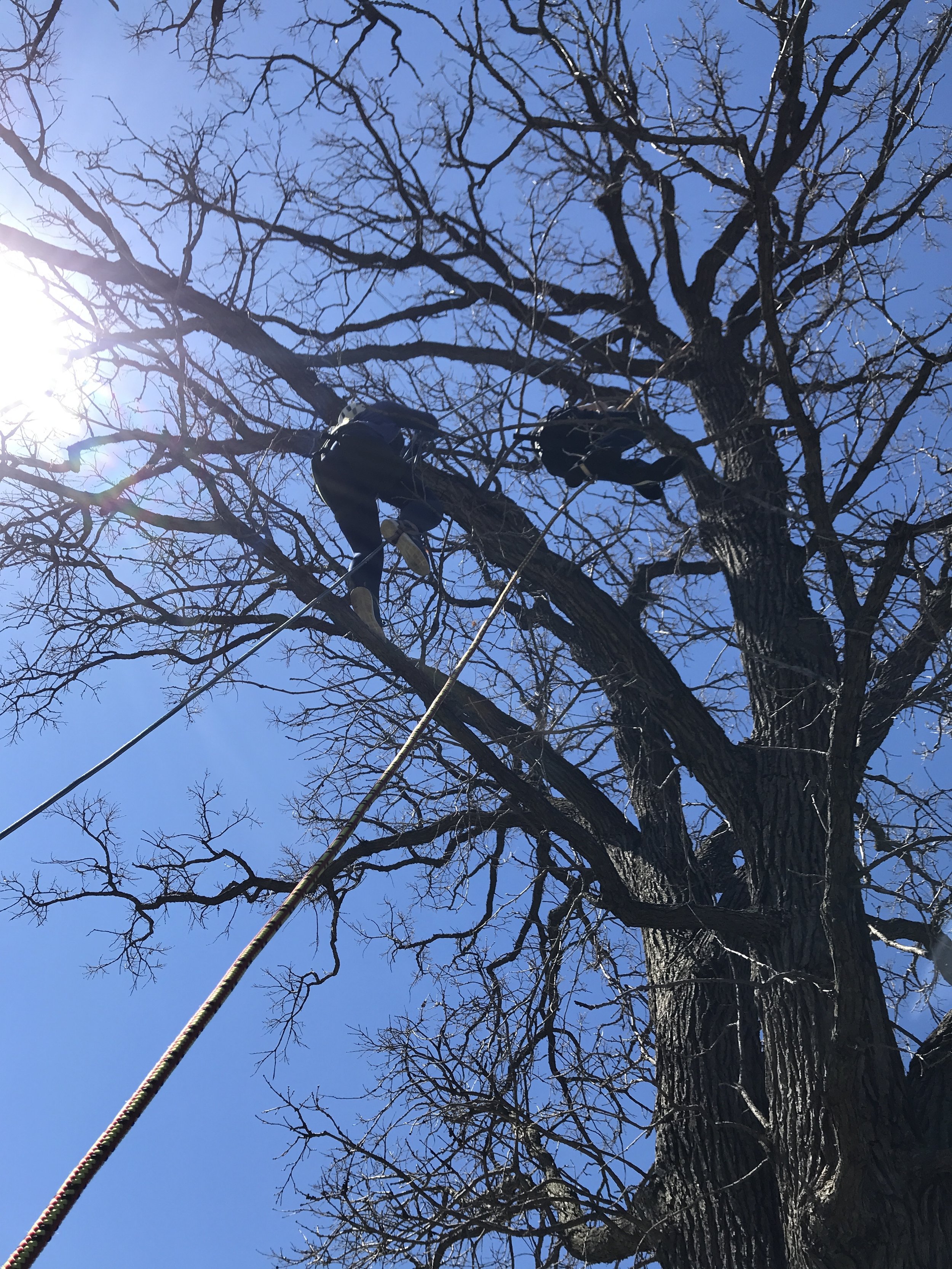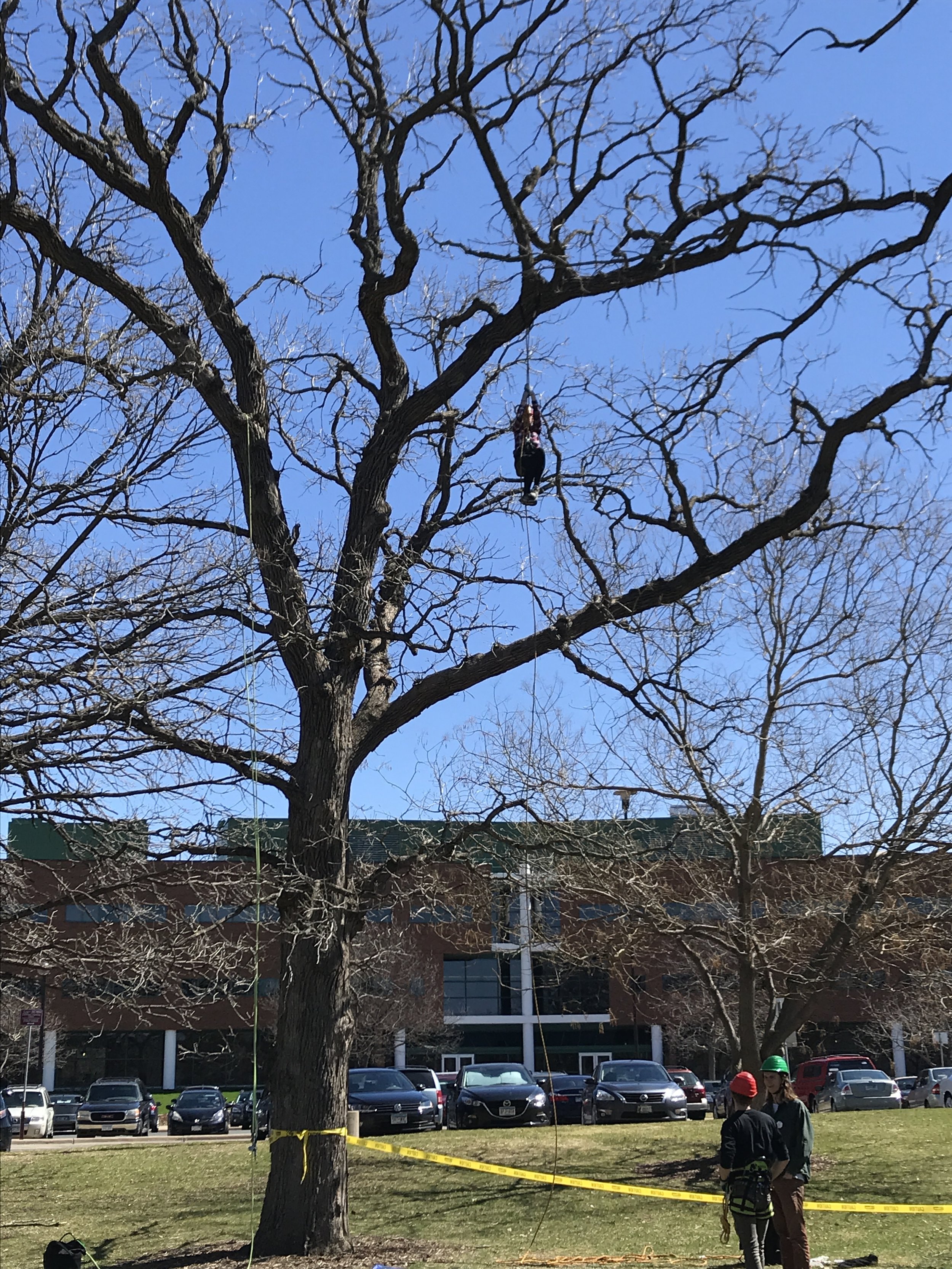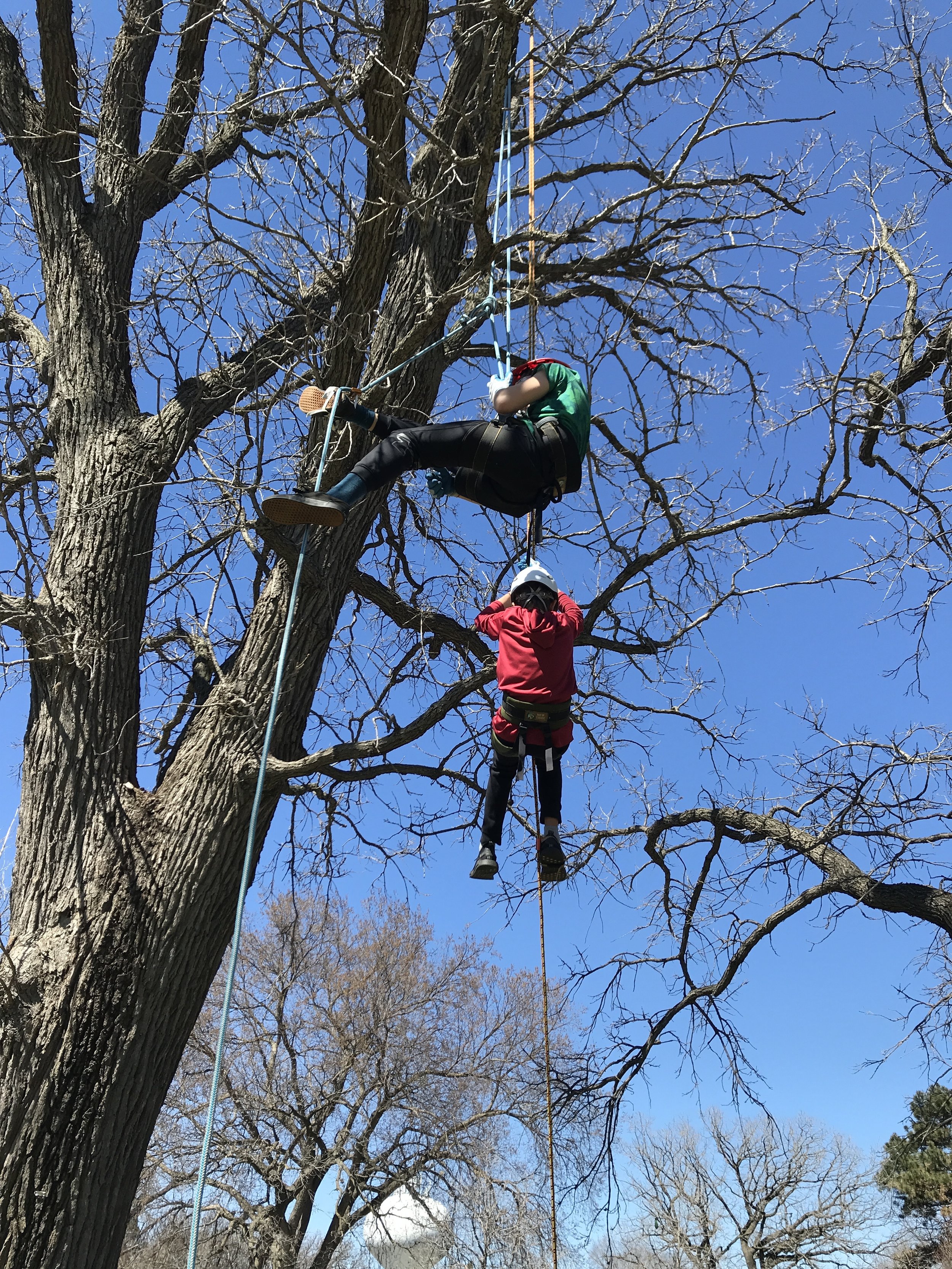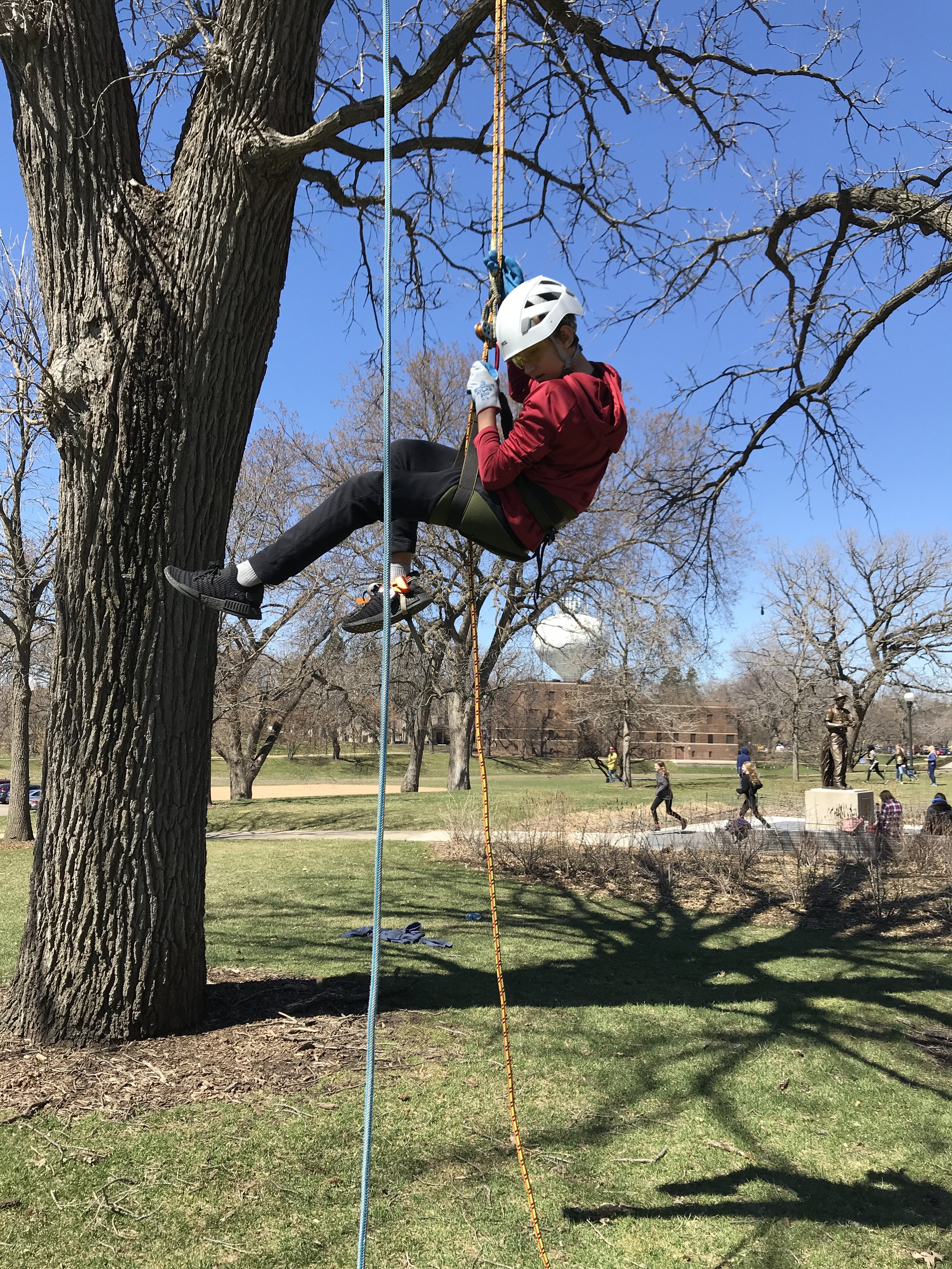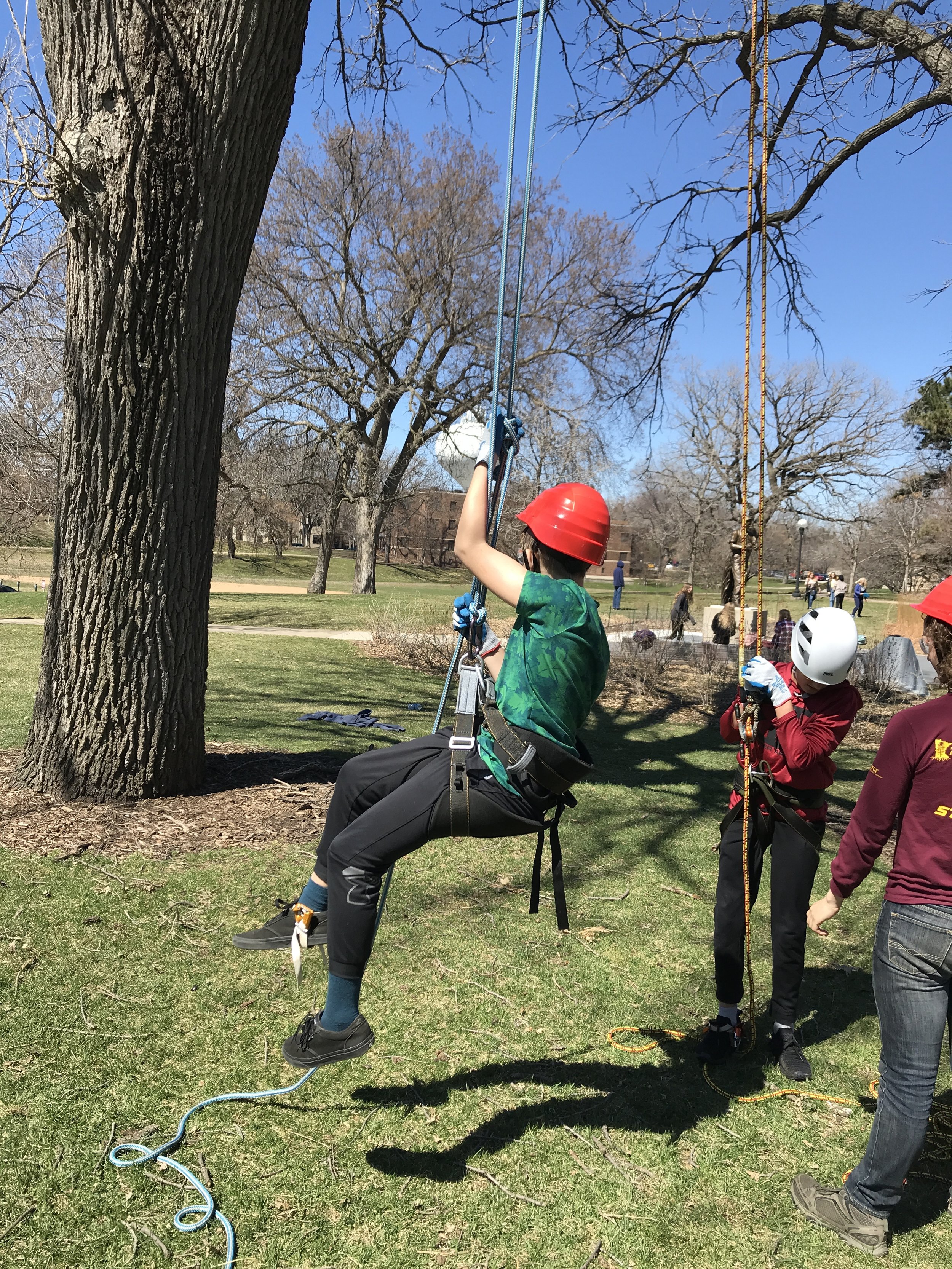written by IB Coordinator, Melanie Peterson-Nafziger
IB exams begin May 7! Students' IB scores are a combination of internal assessments (e.g. presentations, portfolios, labs, interviews, research papers, performances, etc.) that students complete with their teachers during the school year and external assessments (e.g., May IB exams and some other presentations or papers) that are graded entirely by IB examiners from across the world. These are moments for students to showcase their content knowledge and critical thinking skills.
IB students taking exams, what can you do to best prepare yourself for this exciting and sometimes nerve-wracking culminating experience? Read on for tips for the next month.
1. Before Test Day
• Study more—a lot more. It may seem obvious, but insufficient study time is one of the biggest underlying problem for students who suffer from test anxiety. The more times you do something, the easier it will be to do.
• Practice positive thinking. The desire to avoid failure is a very poor motivator. To prime yourself for success, you must learn to banish negative thoughts. Think, “I will do well on this test because I have studied as much as I can and because I know what I need to do to be successful.”
• Sleep well and eat well. Few regular activities have as much of a bearing on stress and anxiety levels than resting your brain and eating well. Take care of yourself always, but pay extra close attention in the days leading up to the test. Exercise too!
2. On Test Day
• Arrive at school a half hour early (or at home) and do some sitting meditation in the garden or elsewhere (optional). Listen to the meditation audio on your phone athttp://www.fragrantheart.com/cms/free-audio-meditations/self-esteem/easing-study-and-exam-stress! Breathe! Practicing some form of meditation or deliberate relaxation helps you to control your breathing, your heart rate and your thought processes. Focus your practice on calming yourself—by dismissing unwanted thoughts, refocusing your mind and controlling your breathing.
• Stand in the power stance in the hall before you enter the room! Hands on hips and feet spread apart, or feet spread apart and arms above head. Sounds silly yet research says it helps you perform better on the exam!
• Don’t study. If you’ve studied well beforehand, you shouldn’t need to study on test day. A nice review would be helpful to jog your memory, but you’re probably not going to learn a lot of new stuff on the day of an exam. You may make yourself anxious, however, by worrying that you’re not ready.
• Prime your brain. Be very thoughtful about what you eat and drink, what medicines you take, etc. For example, if you eat too close to a test, your body may focus more energy on digestion than on thinking. But being hungry won’t help either. Eat something healthy one to two hours before your test. Think about words like "powerful," "competent," "organized," "prepared," "efficient," "ready," "resilient," "strong," and "intelligent" before you enter the room.
• Visualize success. Fill your mind with affirmation. Remind yourself that you have done everything within your power to be ready, and that you will be successful as a result. Picture yourself answering the test questions with ease. Accept that you will do well, and that you have nothing to worry about.
• Engage in a brief expressive writing activity immediately before taking an important test, which research shows significantly improves students’ exam scores, especially for students habitually anxious about test taking. Simply writing about one’s worries before a high-stakes exam can boost test scores. It does it by more than 10%, and it’s quick and free (Ramirez G, Beilock, SL., 2011).
3. During the Test
• Remind yourself that it’s only a game. Remember, tests don’t cause anxiety. The anxiety is your creation, and you can control it. Try regarding your test as a puzzle, there for your amusement only. Sure, you’re trying to score points—but it’s only because winning the game is more fun than losing.
• Begin with a short private affirmation—a kind word to yourself—and a few relaxing breaths. Remind yourself one last time that you have done everything you could to get ready, and now you’ll do all you can to succeed.
• Skim the test during the 5-minute reading time—but only if you think you can. Some people find skimming a test—to jog your memory and identify easier questions—is a helpful strategy. Others find that scanning a test makes them nervous. It’s a good idea, but it’s not for everyone. Decide whether this practice will help you.
• Don’t stay stuck in the mud. Don’t let yourself struggle with a question. Give yourself enough time on it to try to jog your memory, but then move on to the next one. Remind yourself that even as you answer other questions, your brain is still searching for the answer to the one you skipped. Answering other questions while waiting may just help jog that memory.
More at: https://well.wvu.edu/articles/reducing_your_test_anxiety_is_as_easy_as_1_2_3
